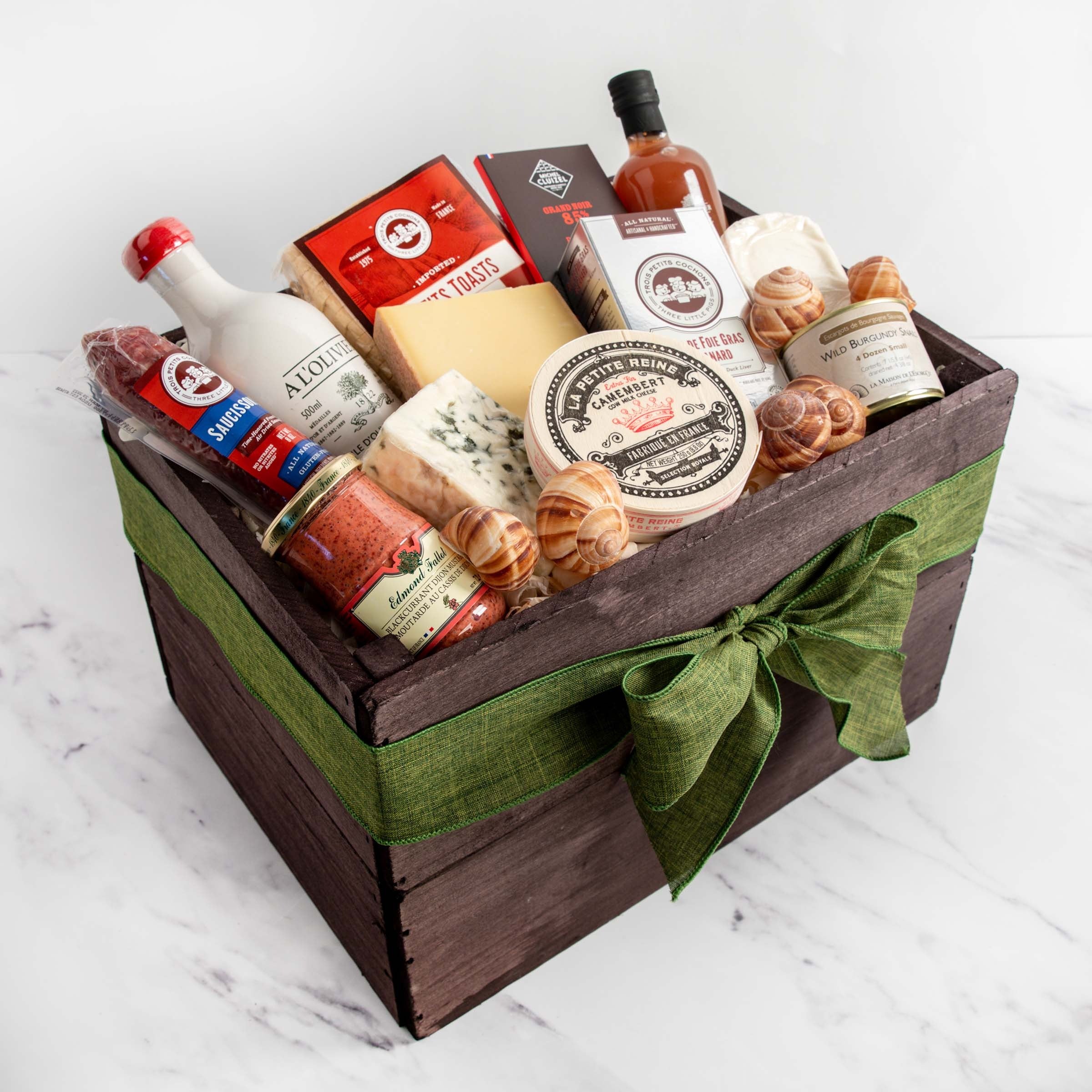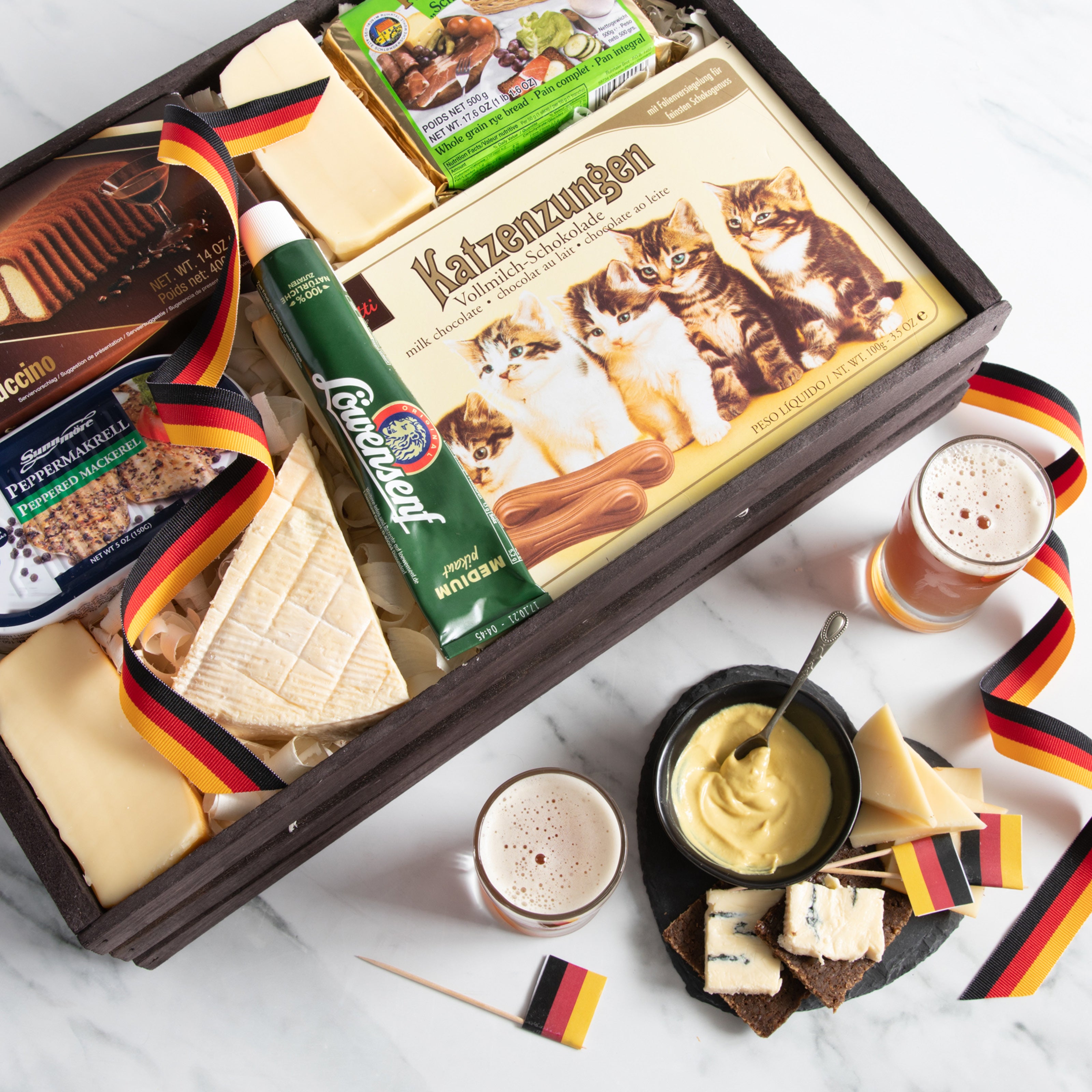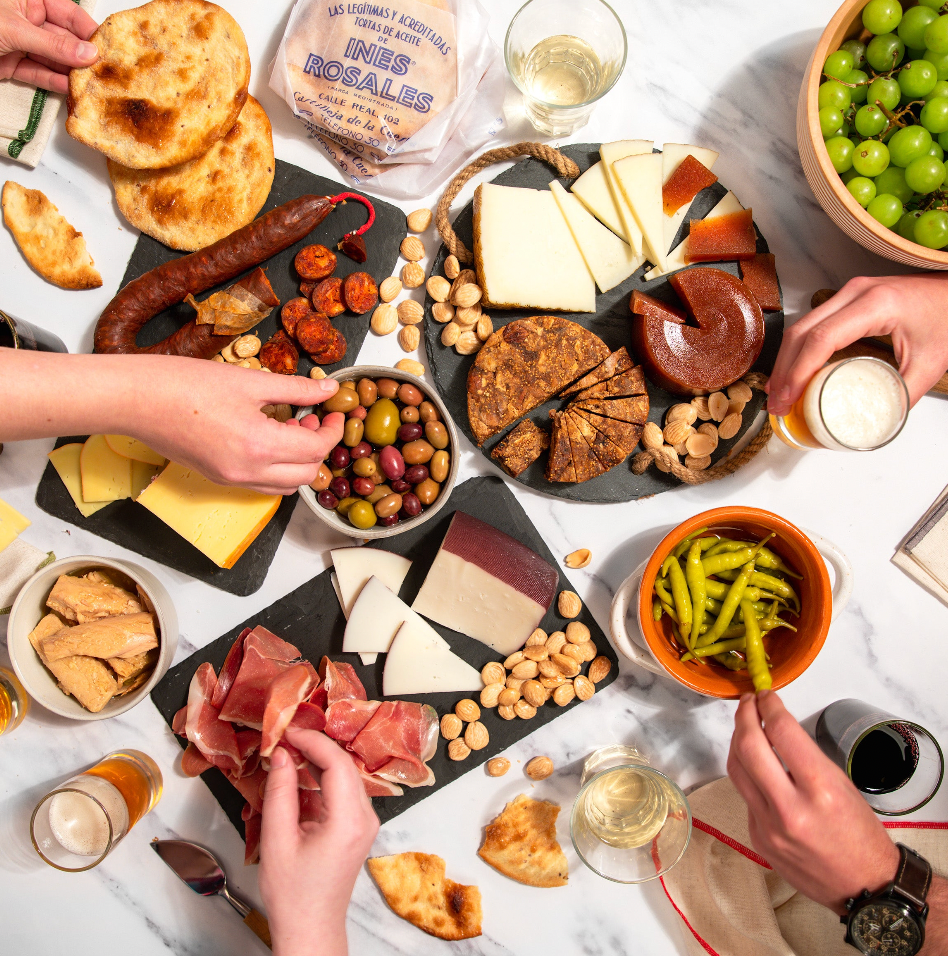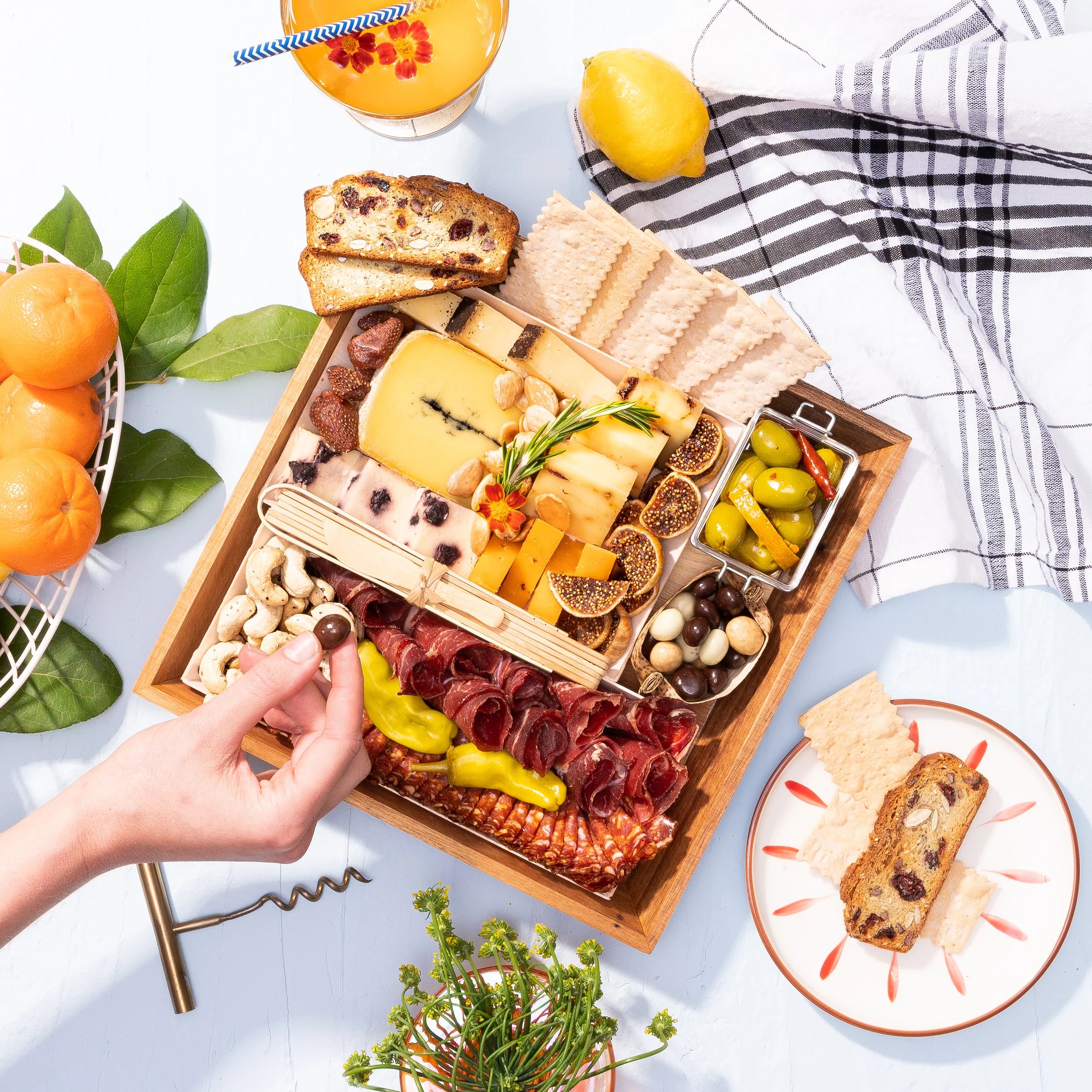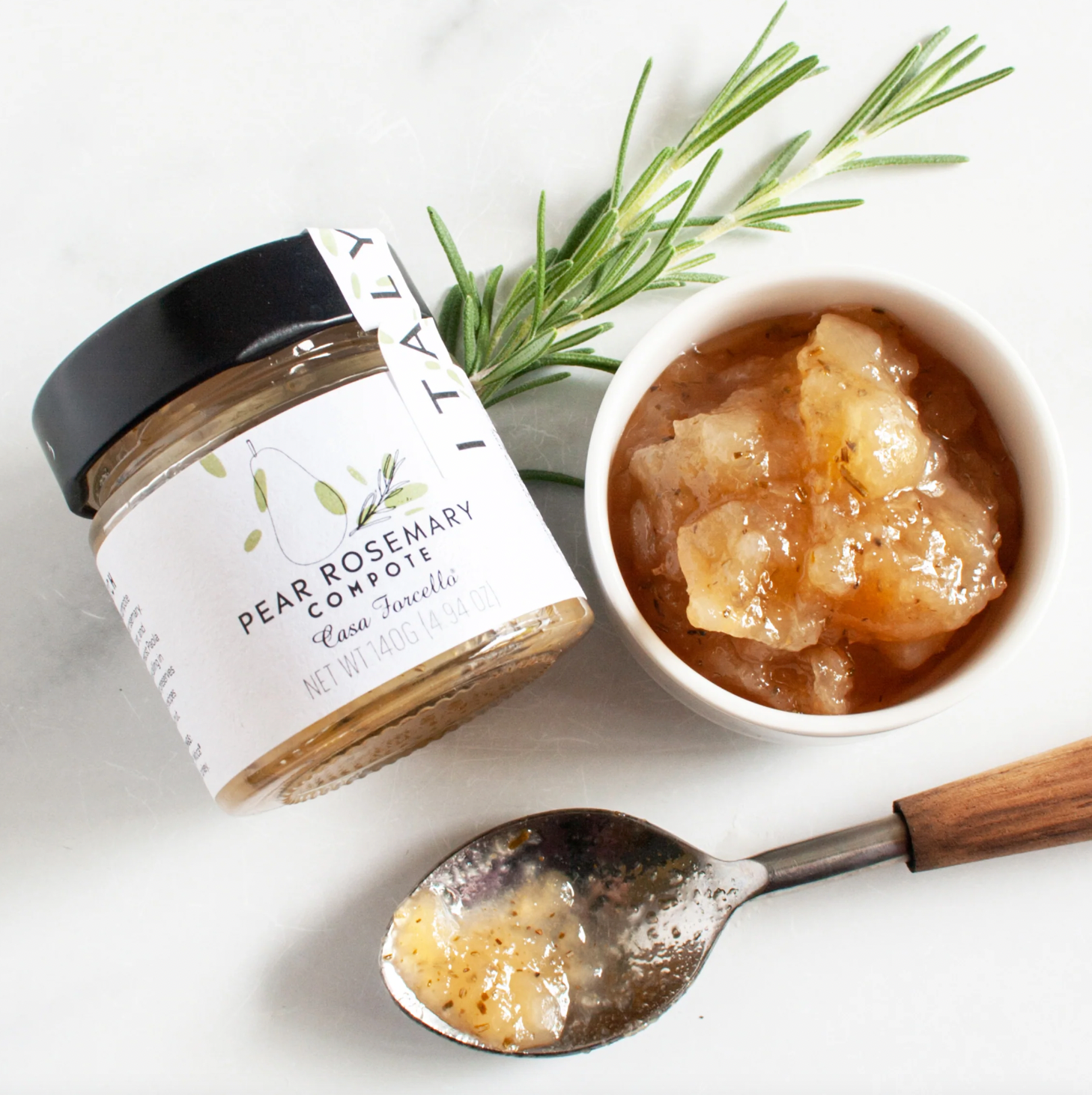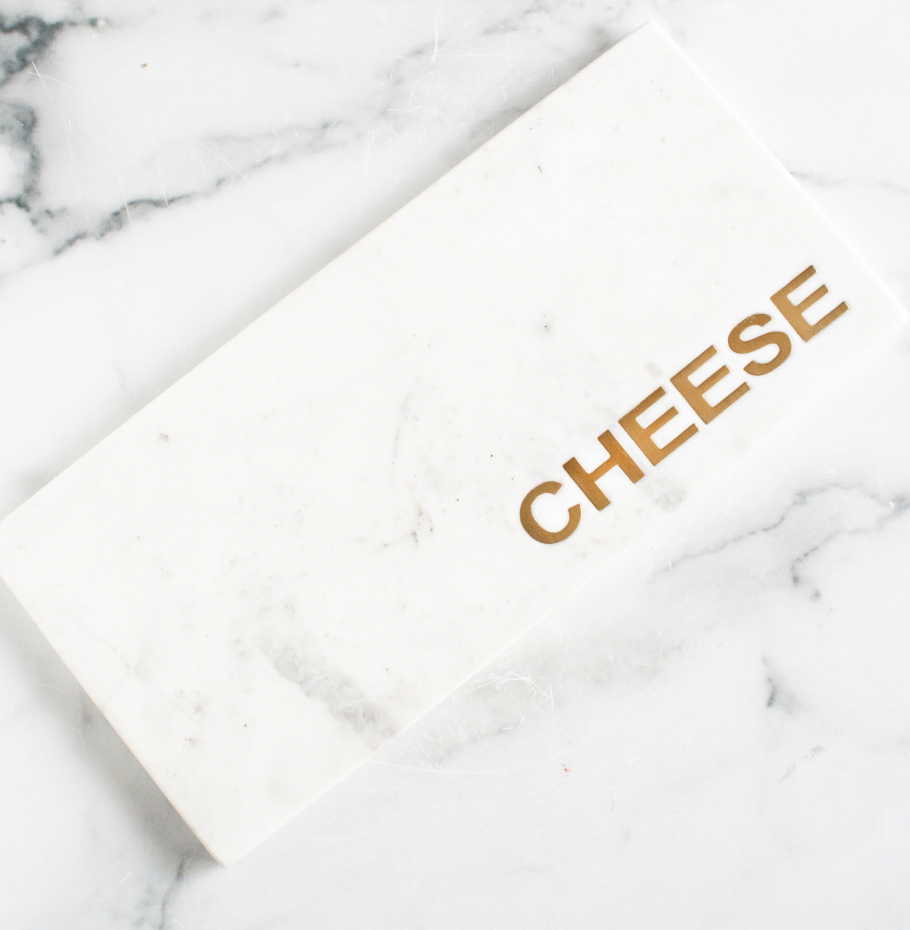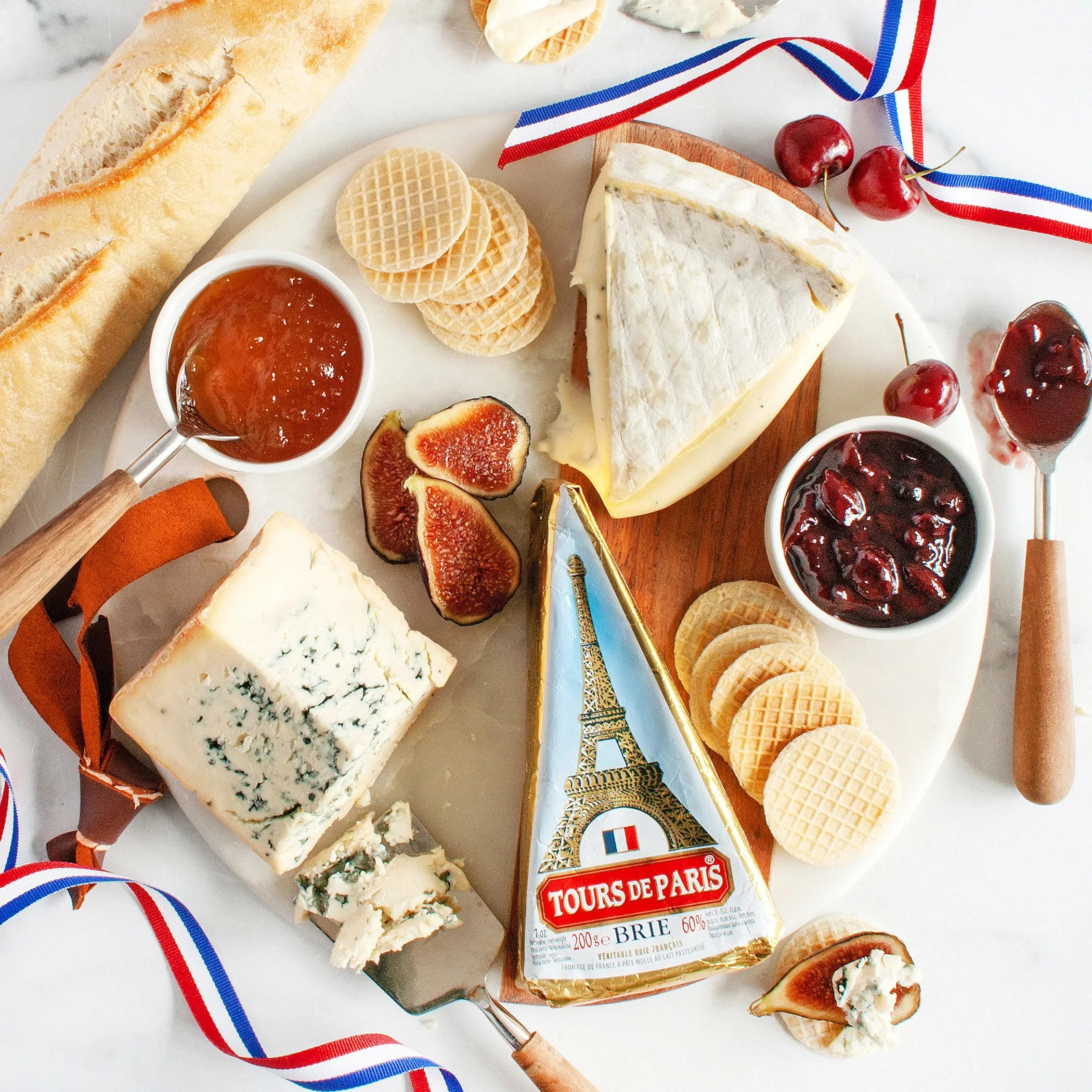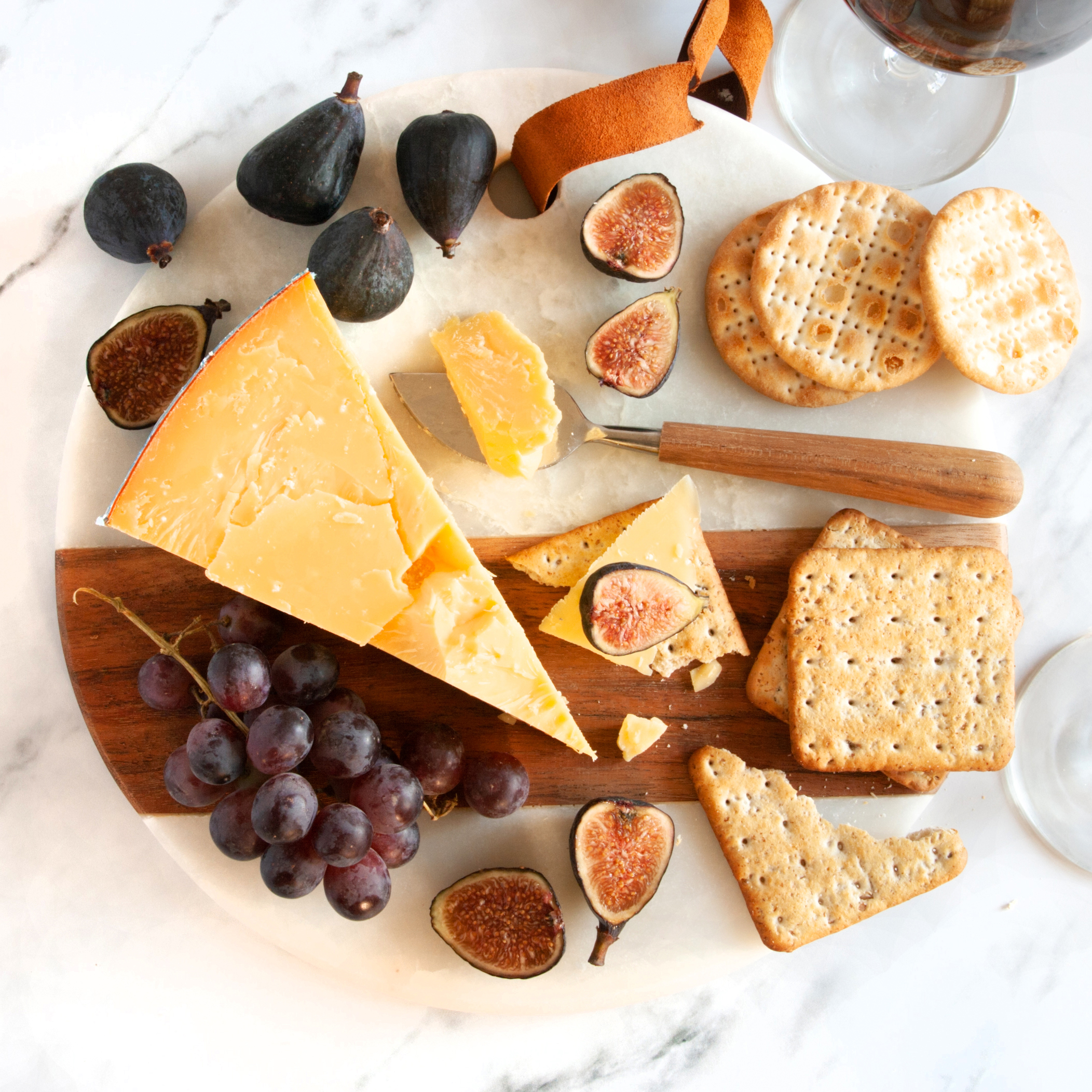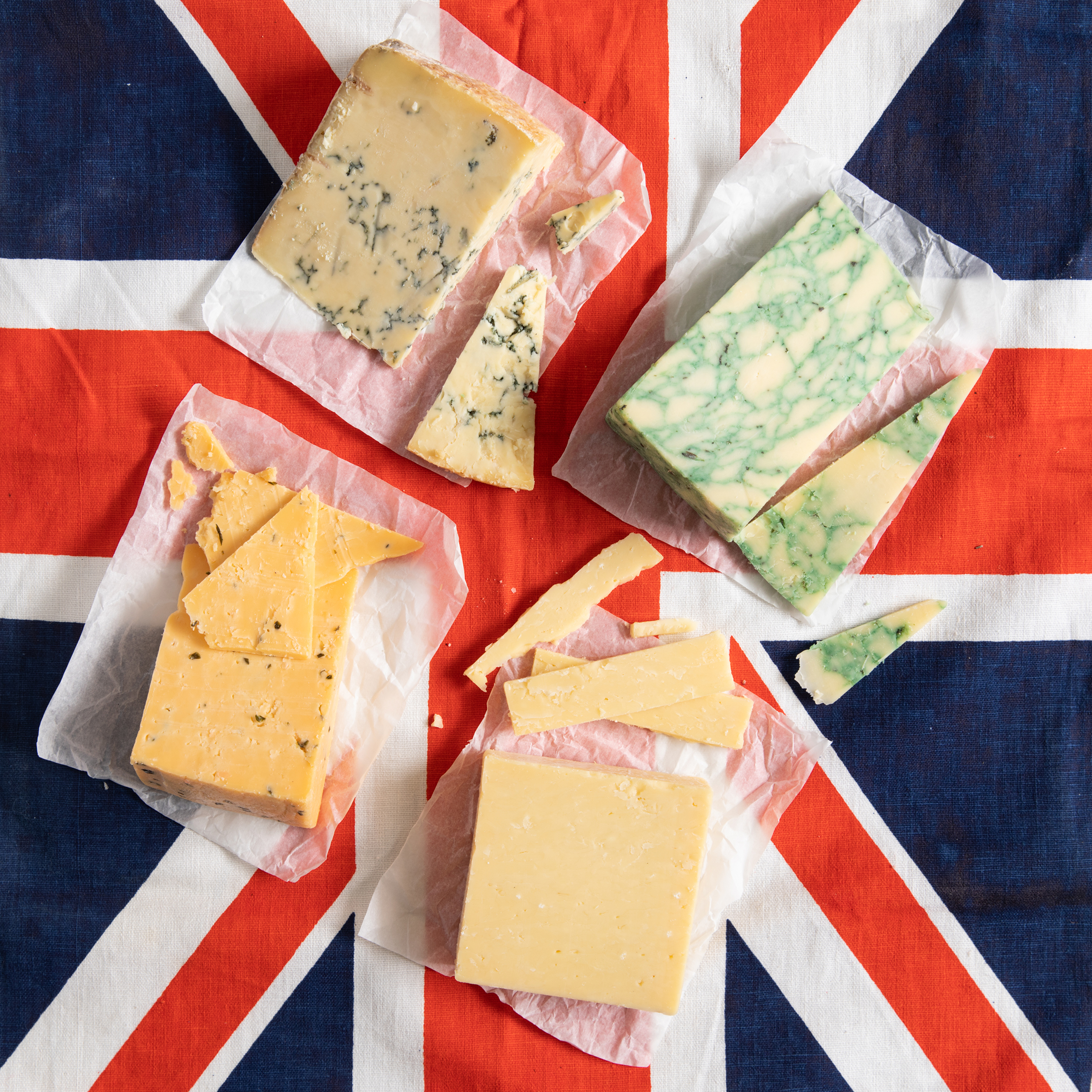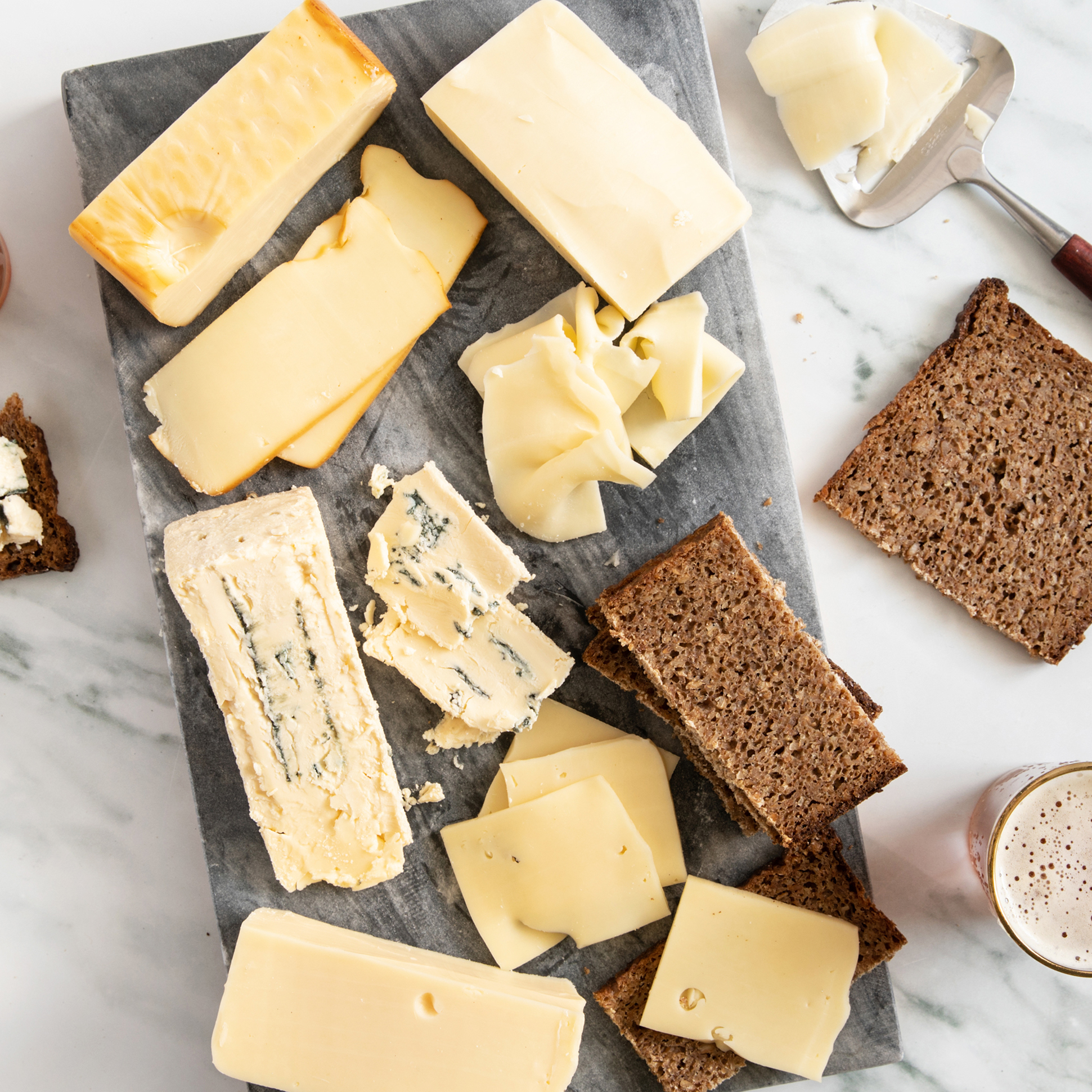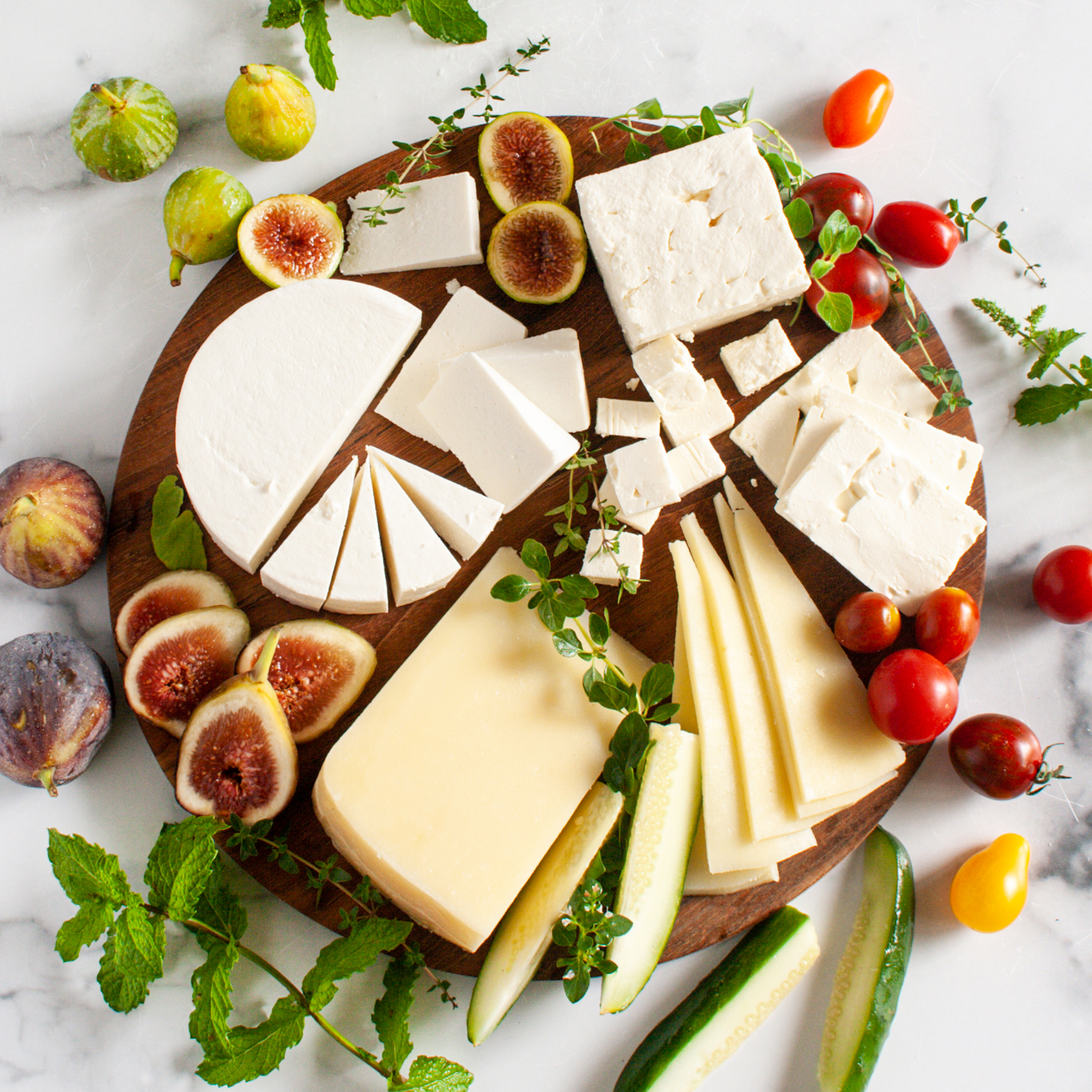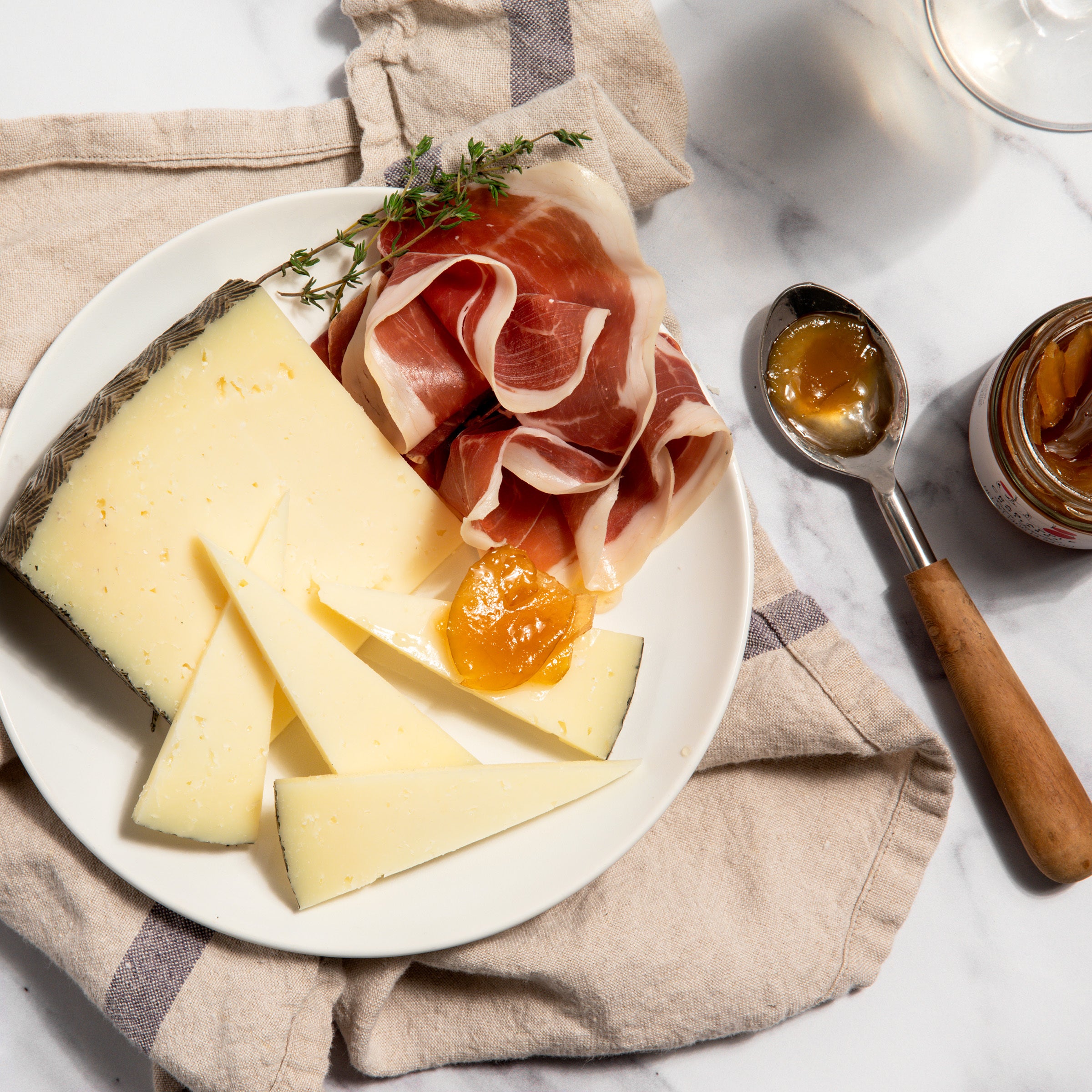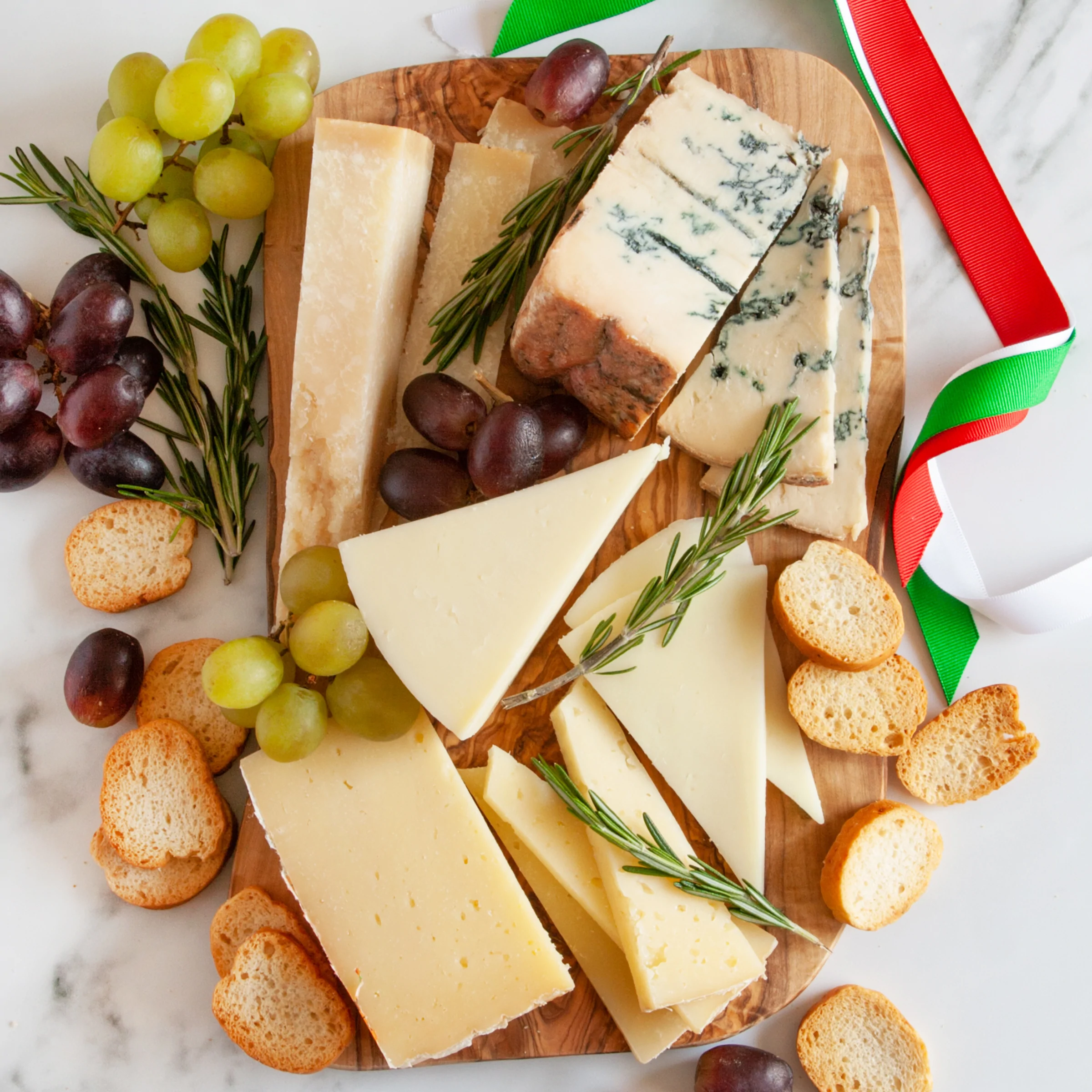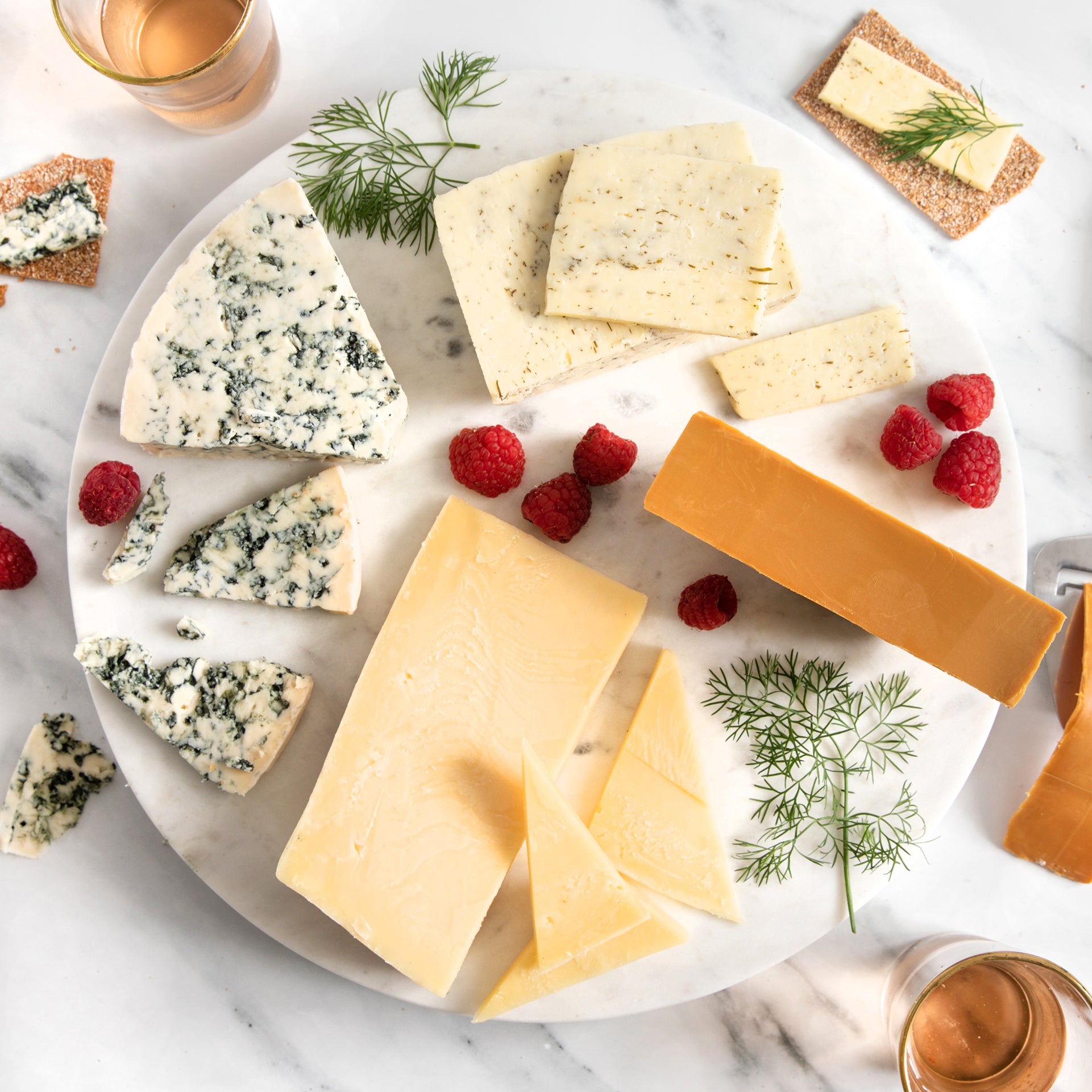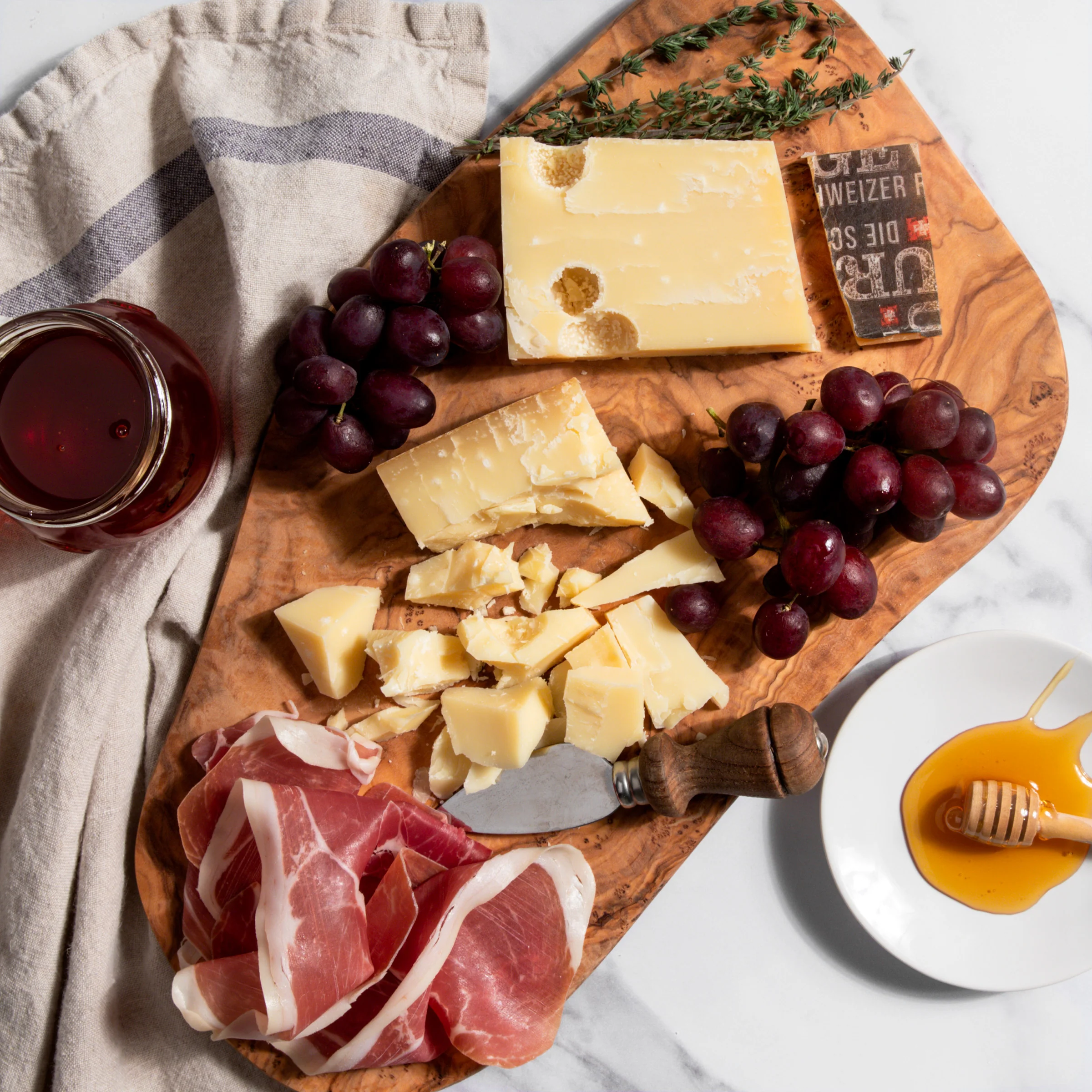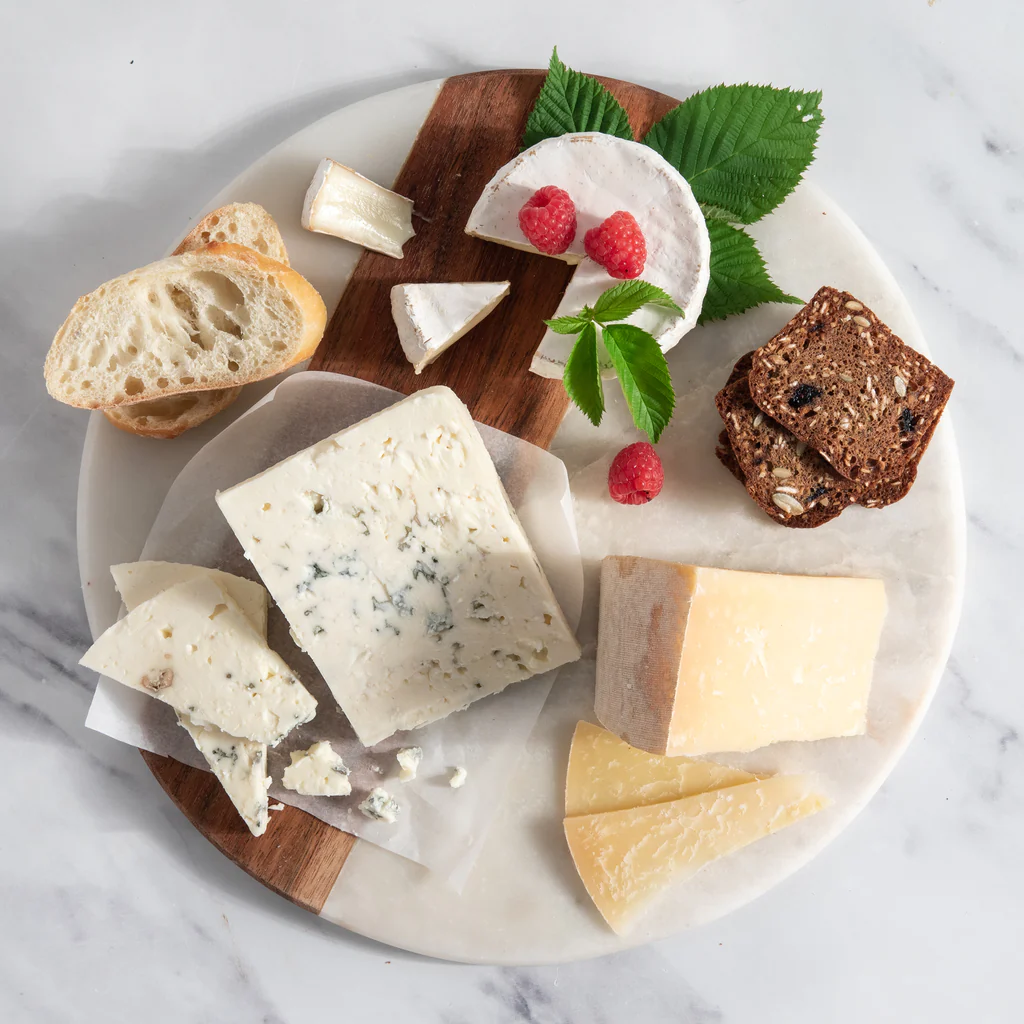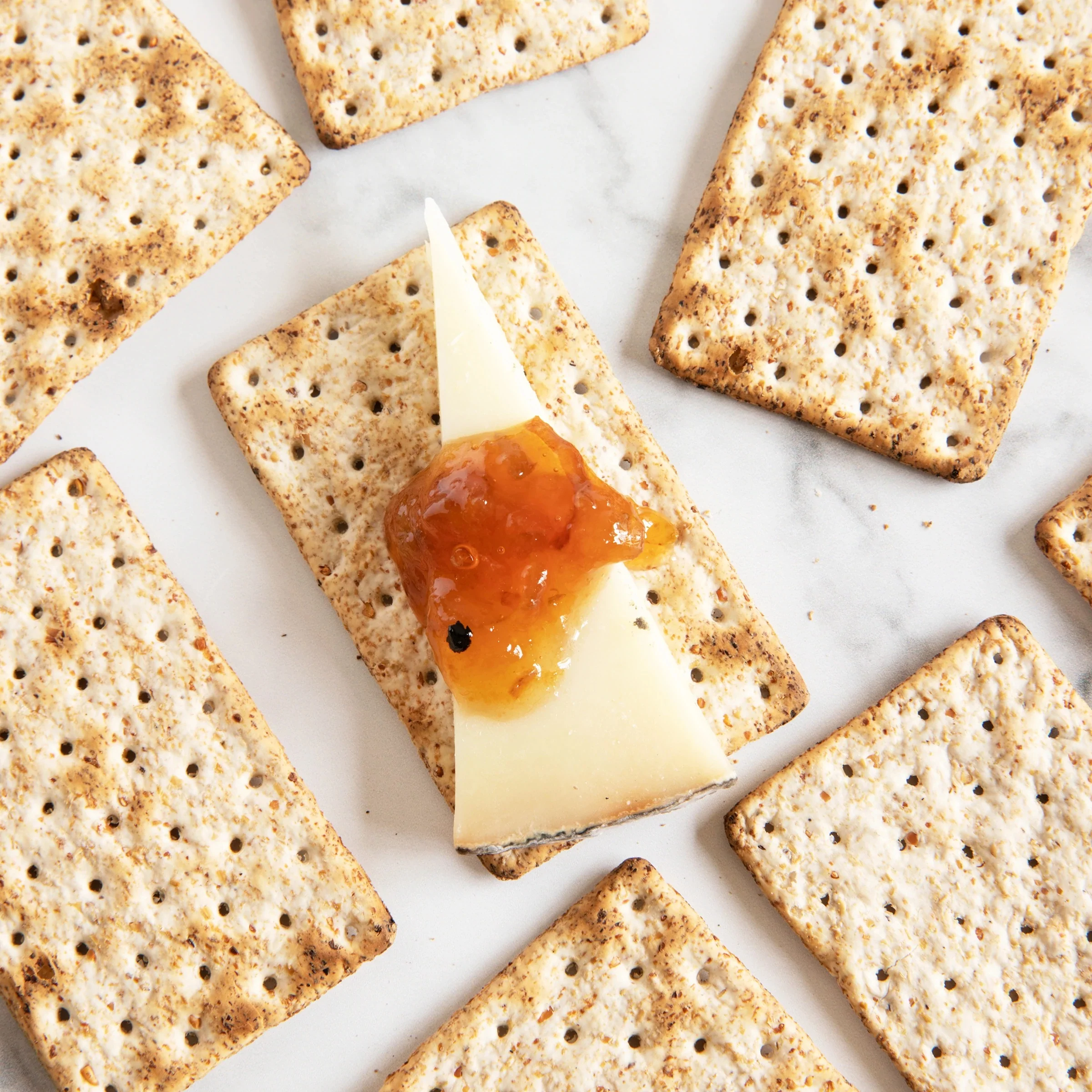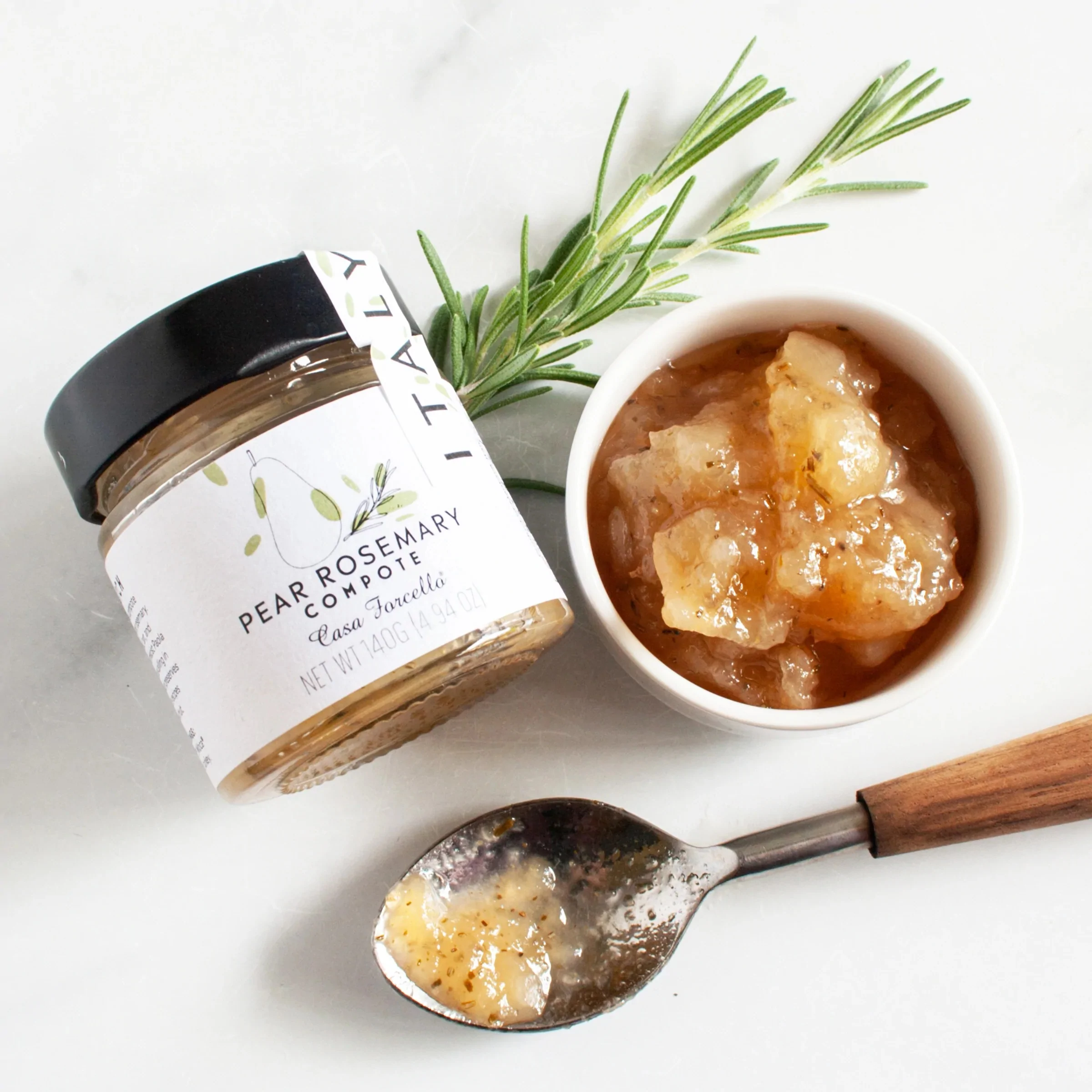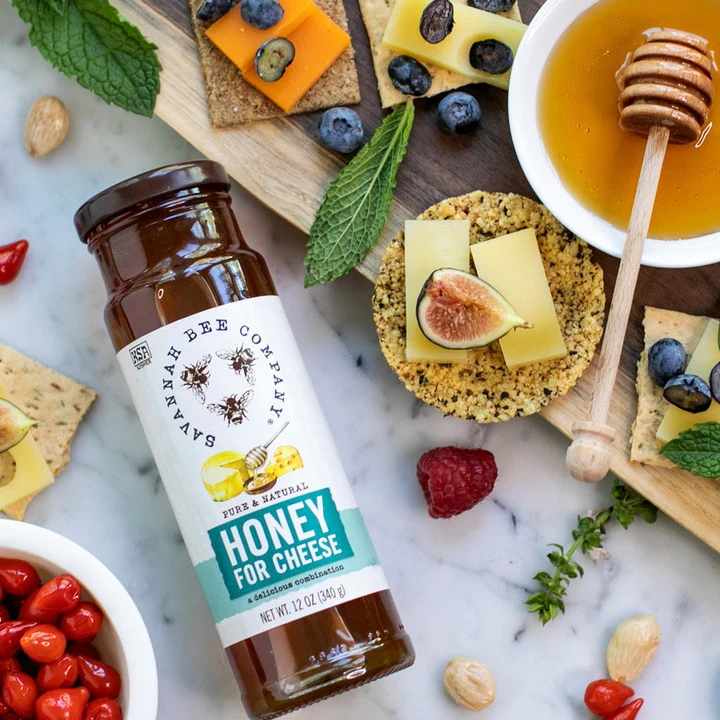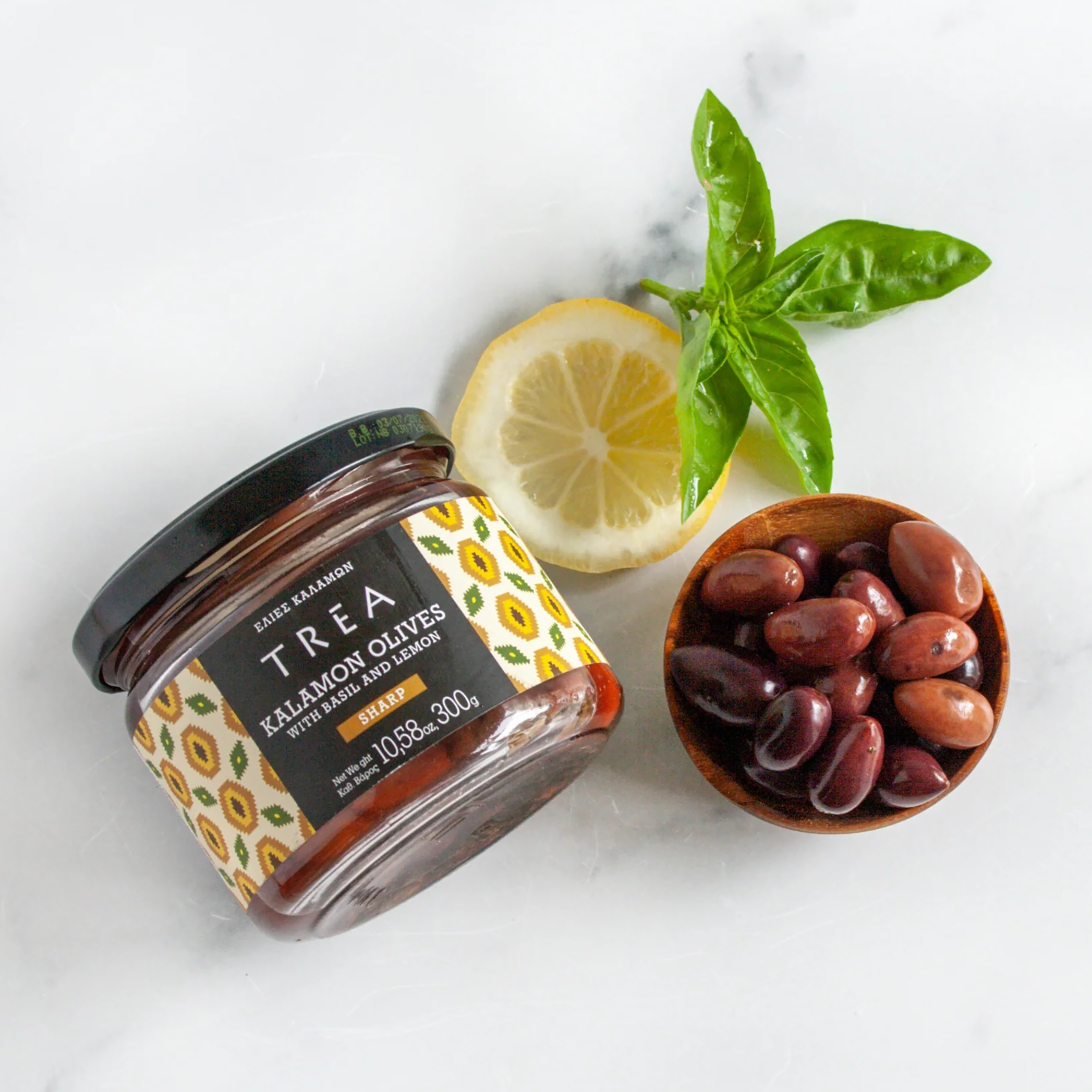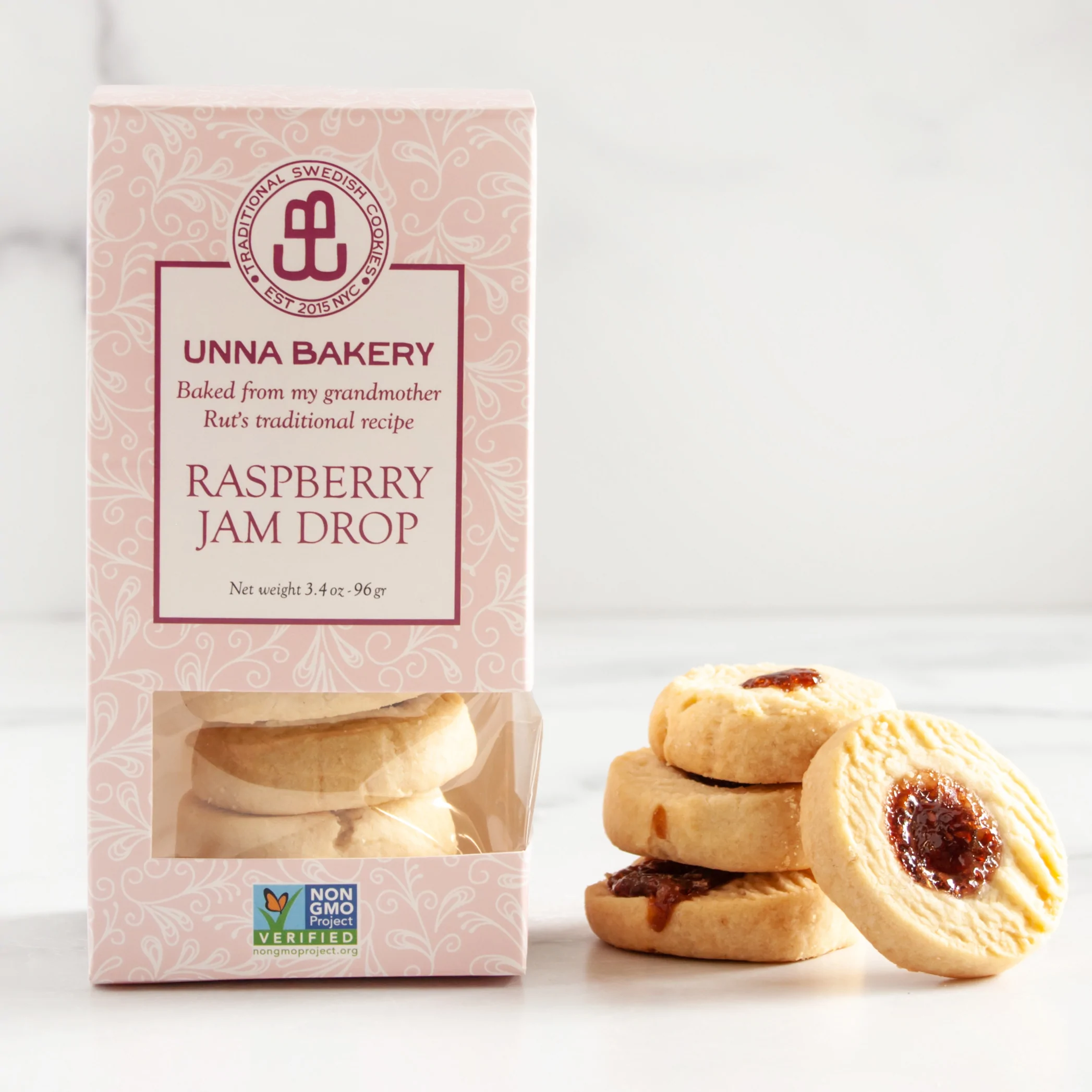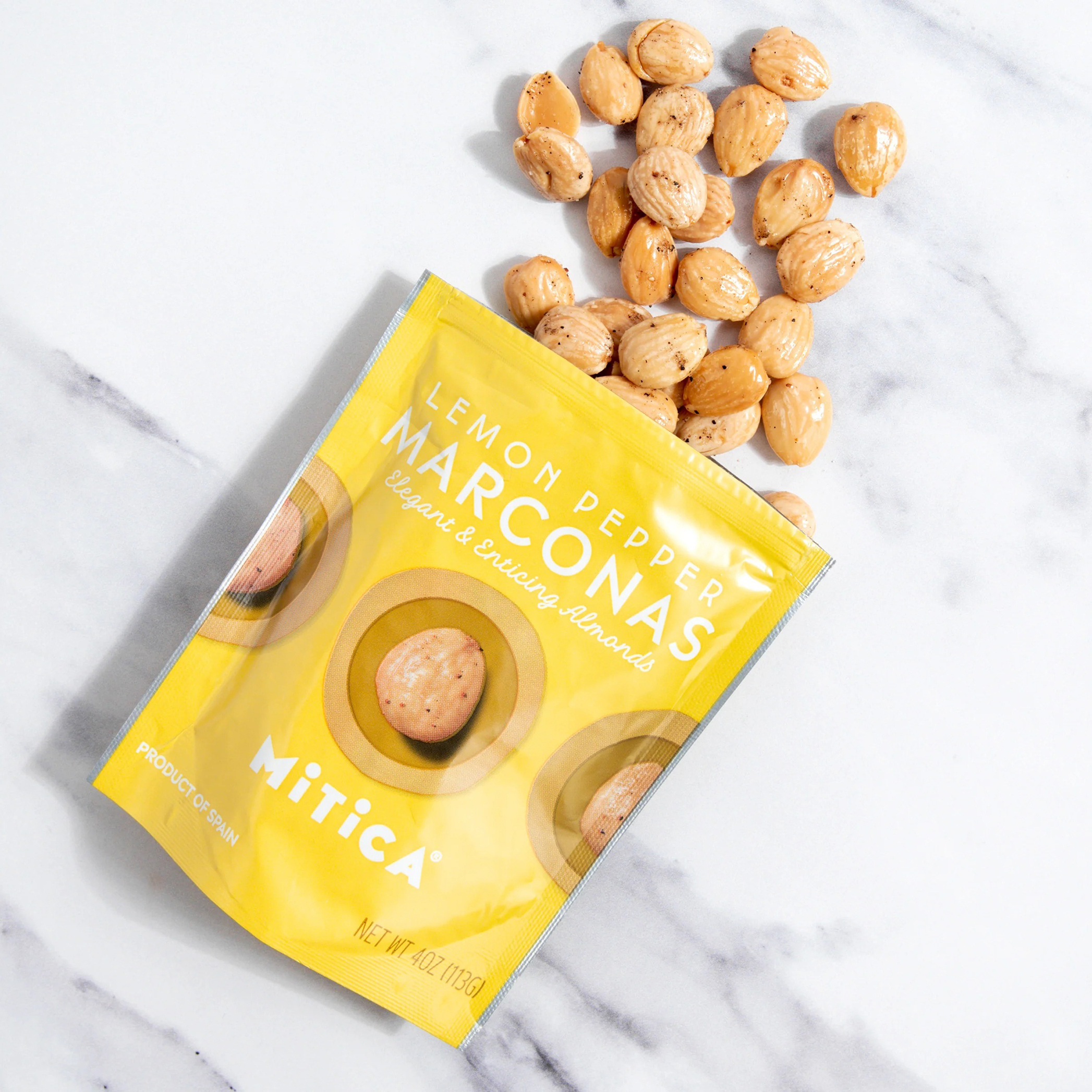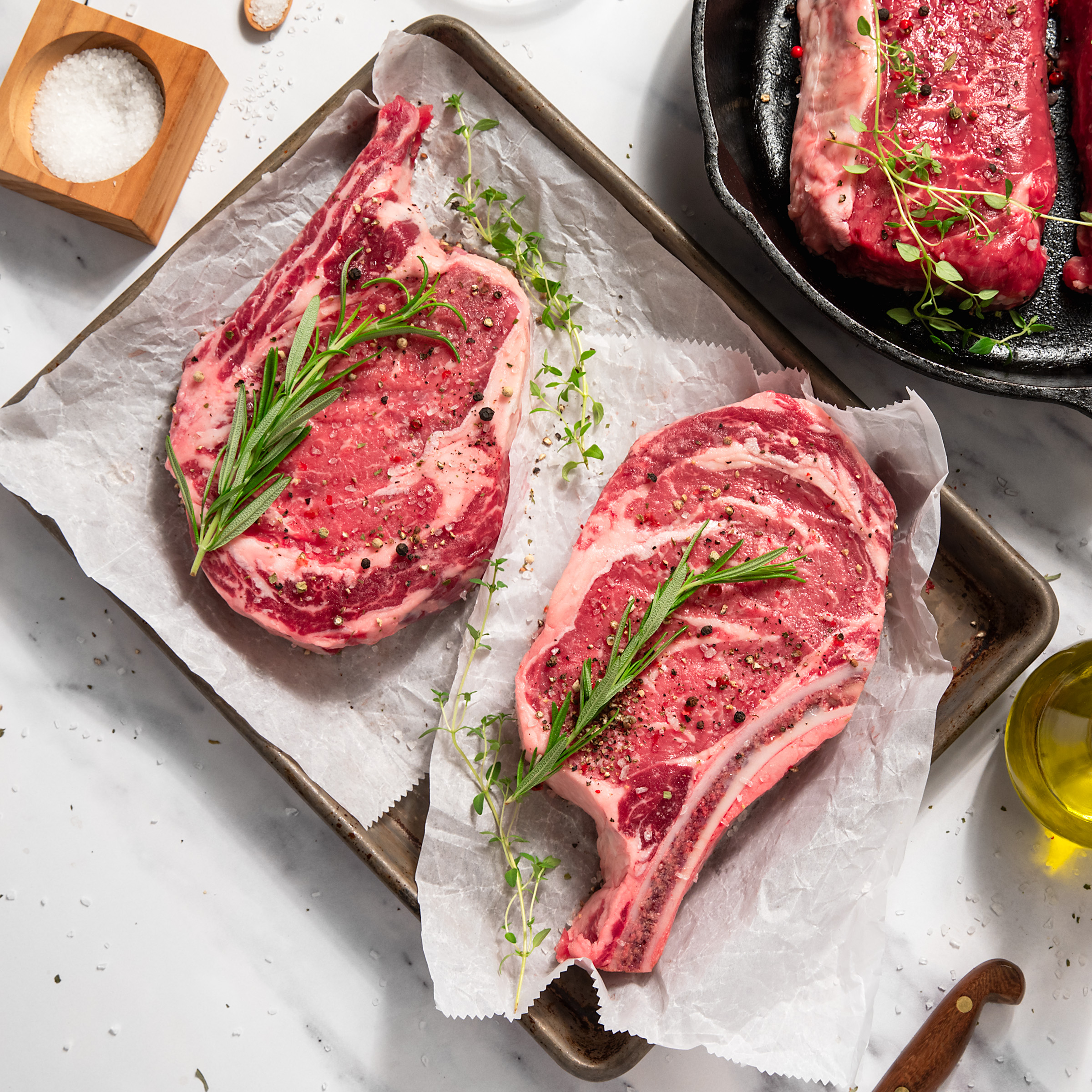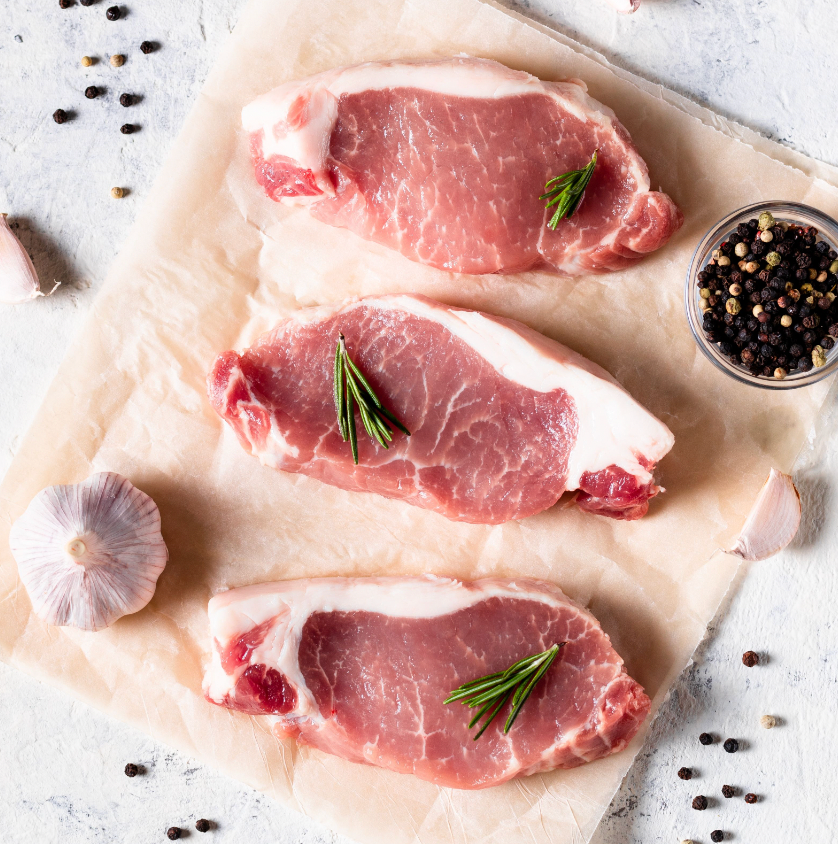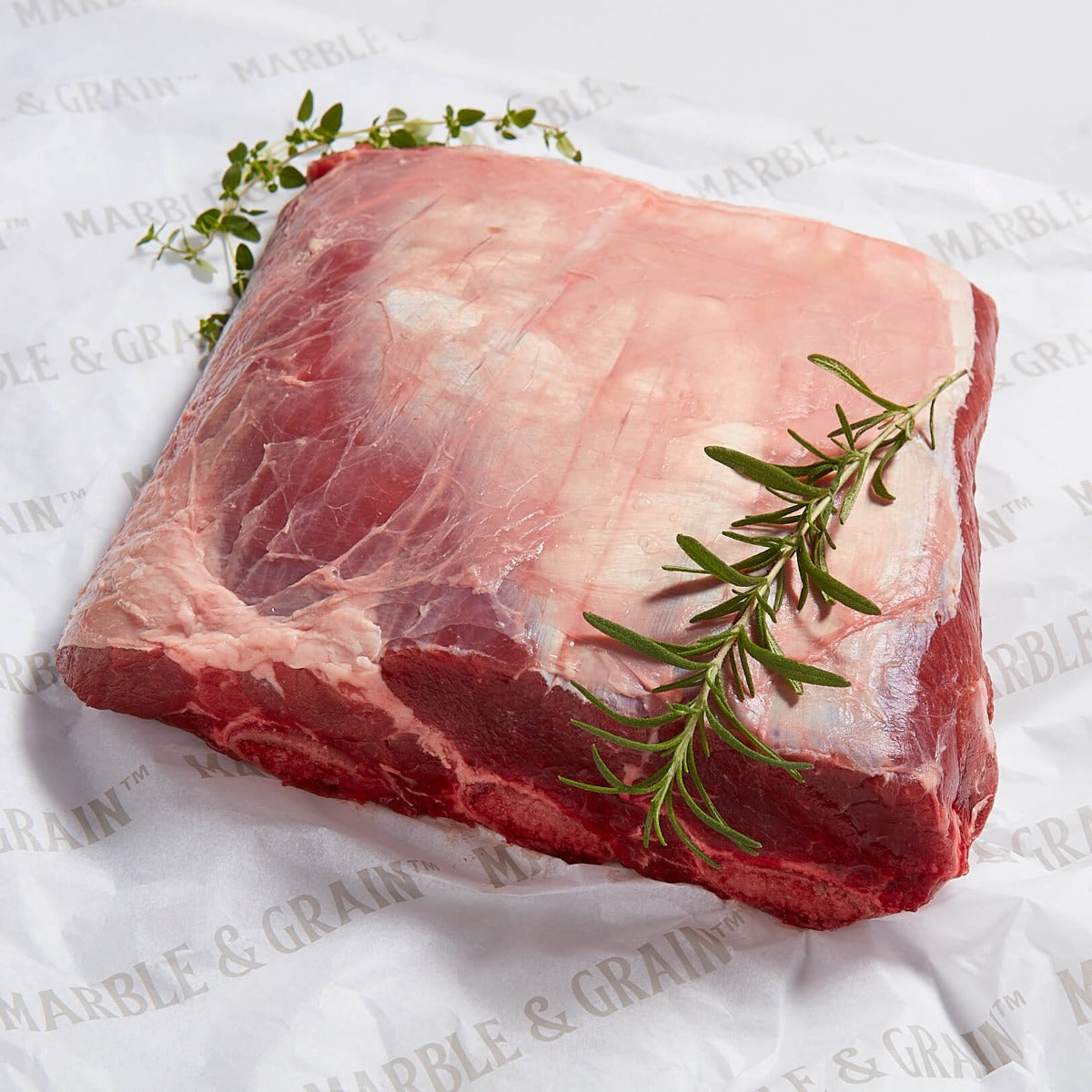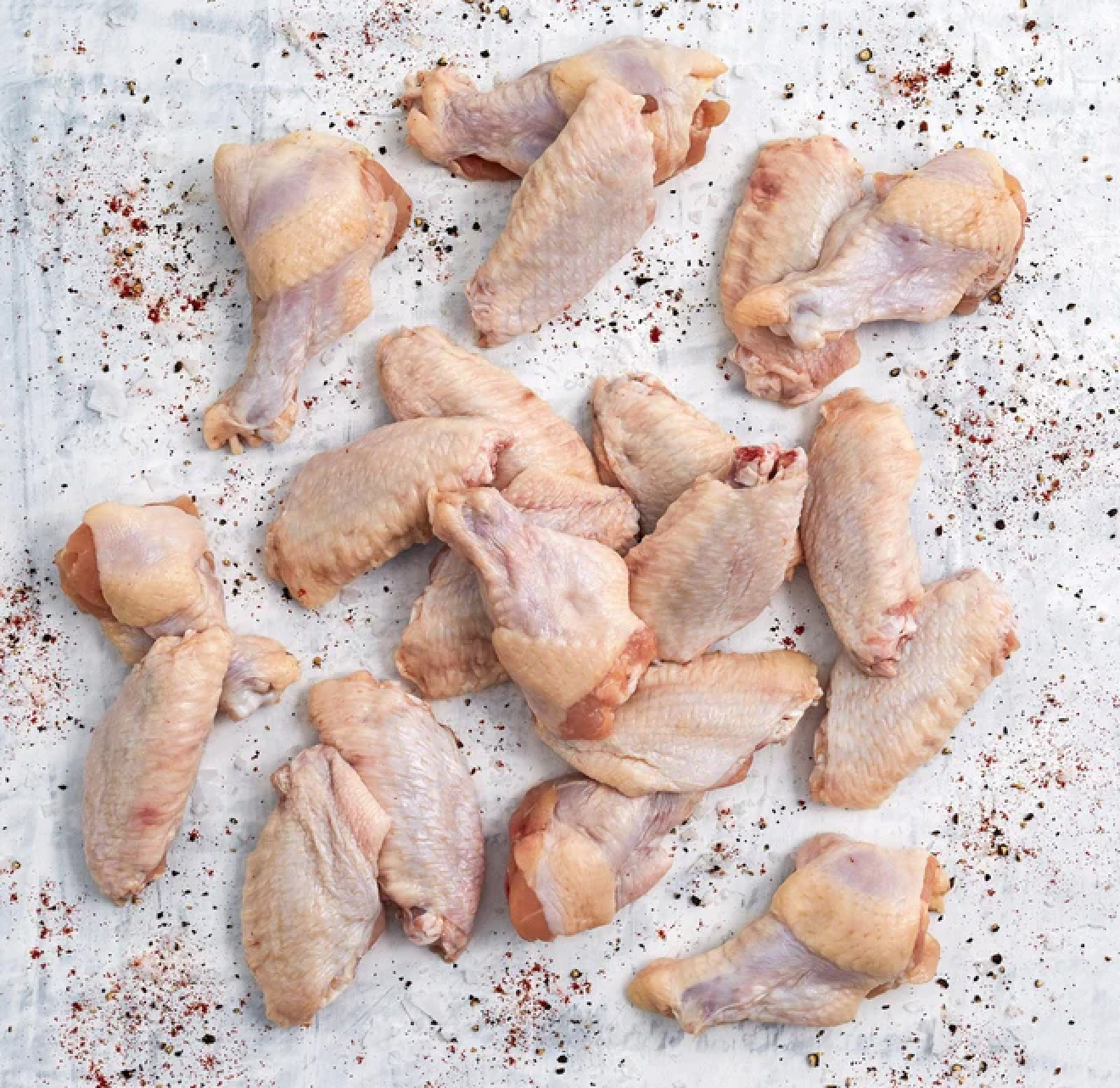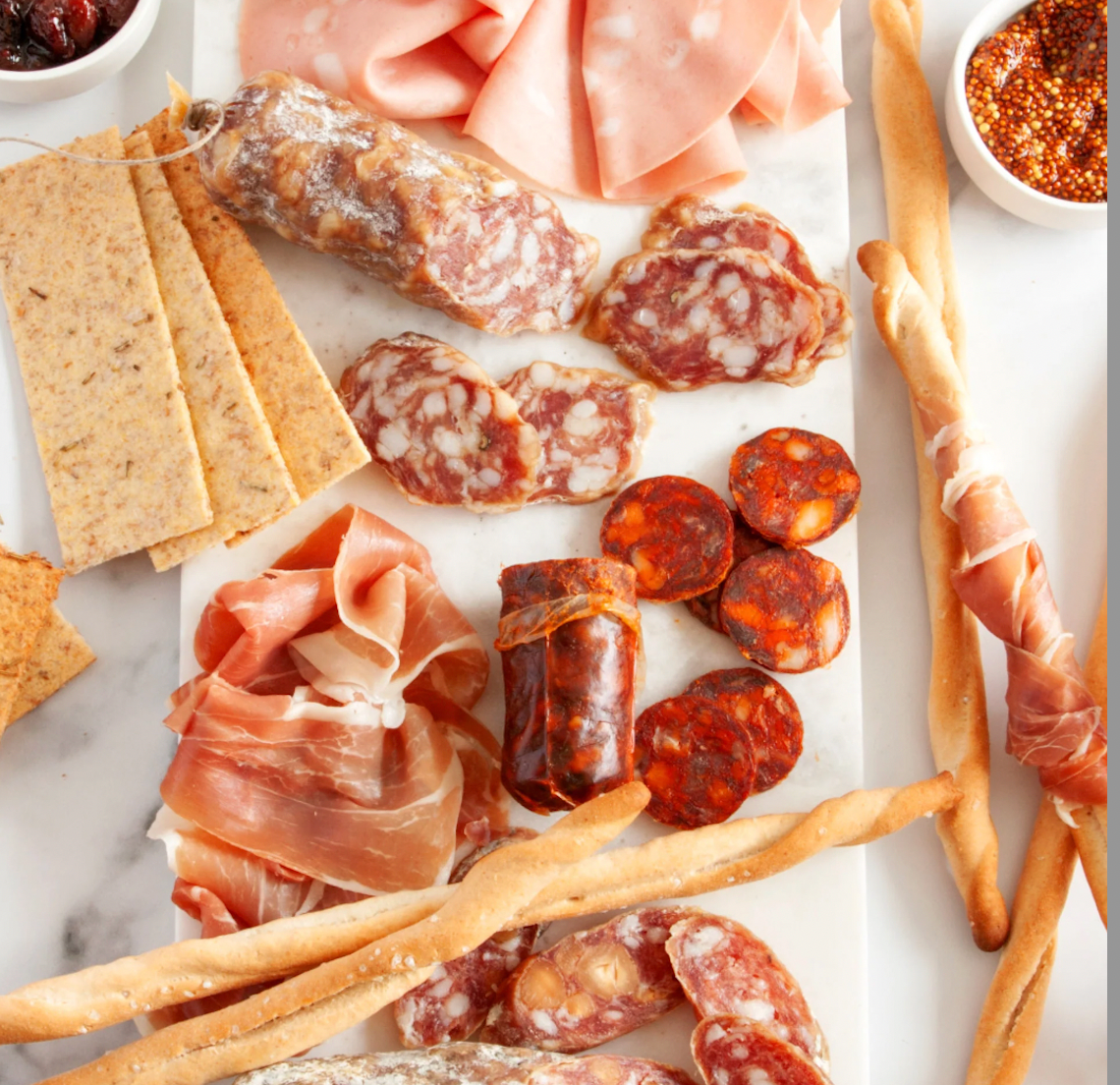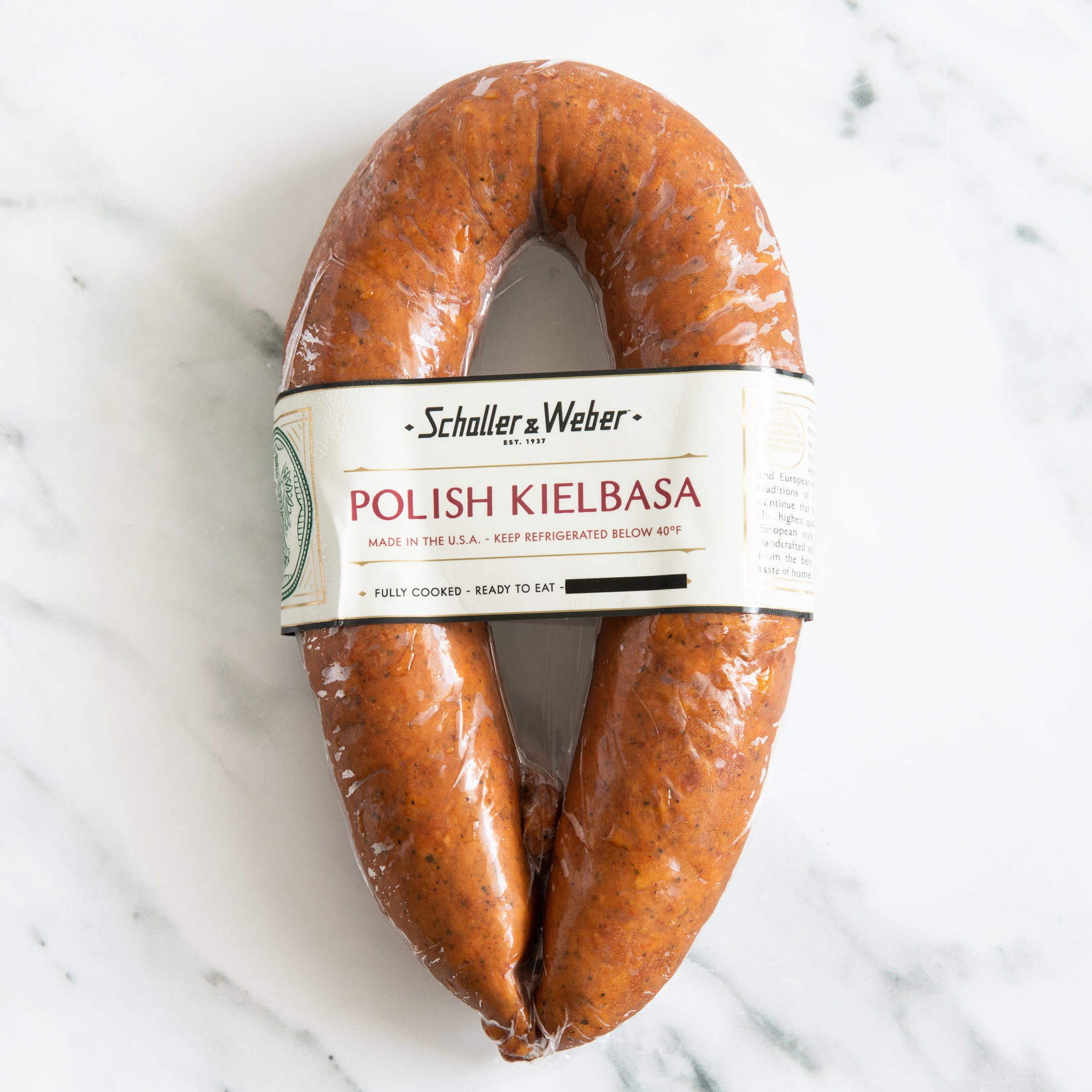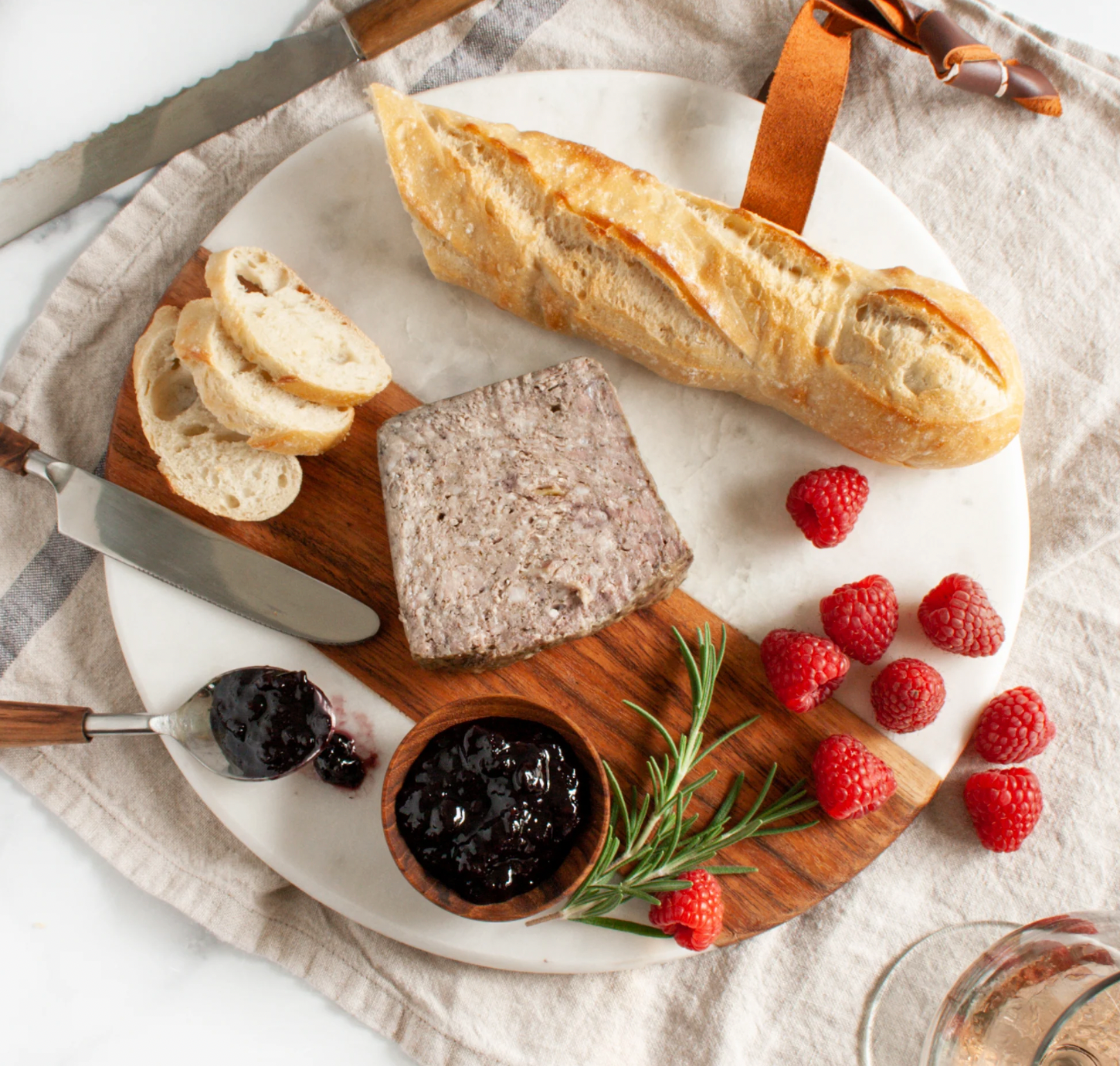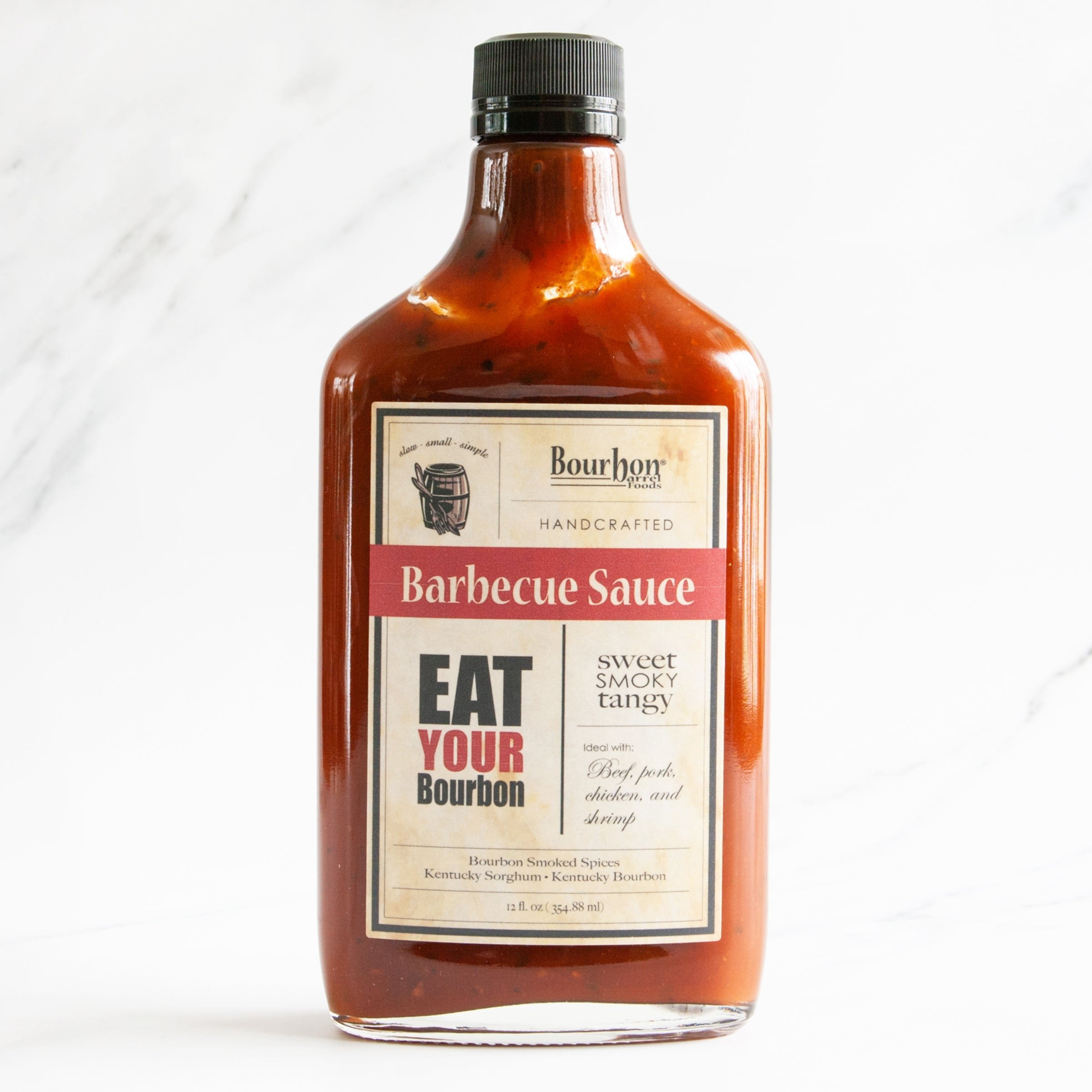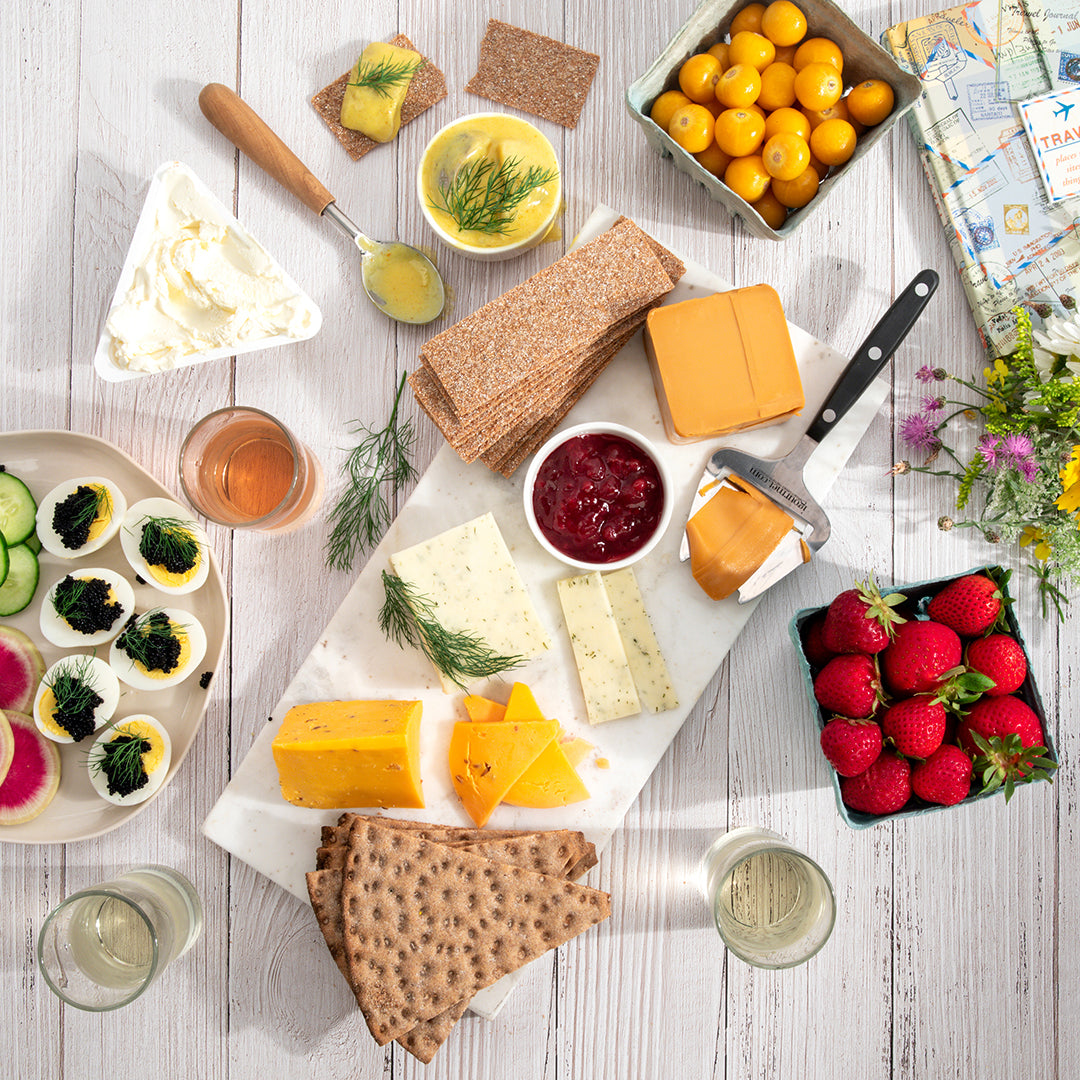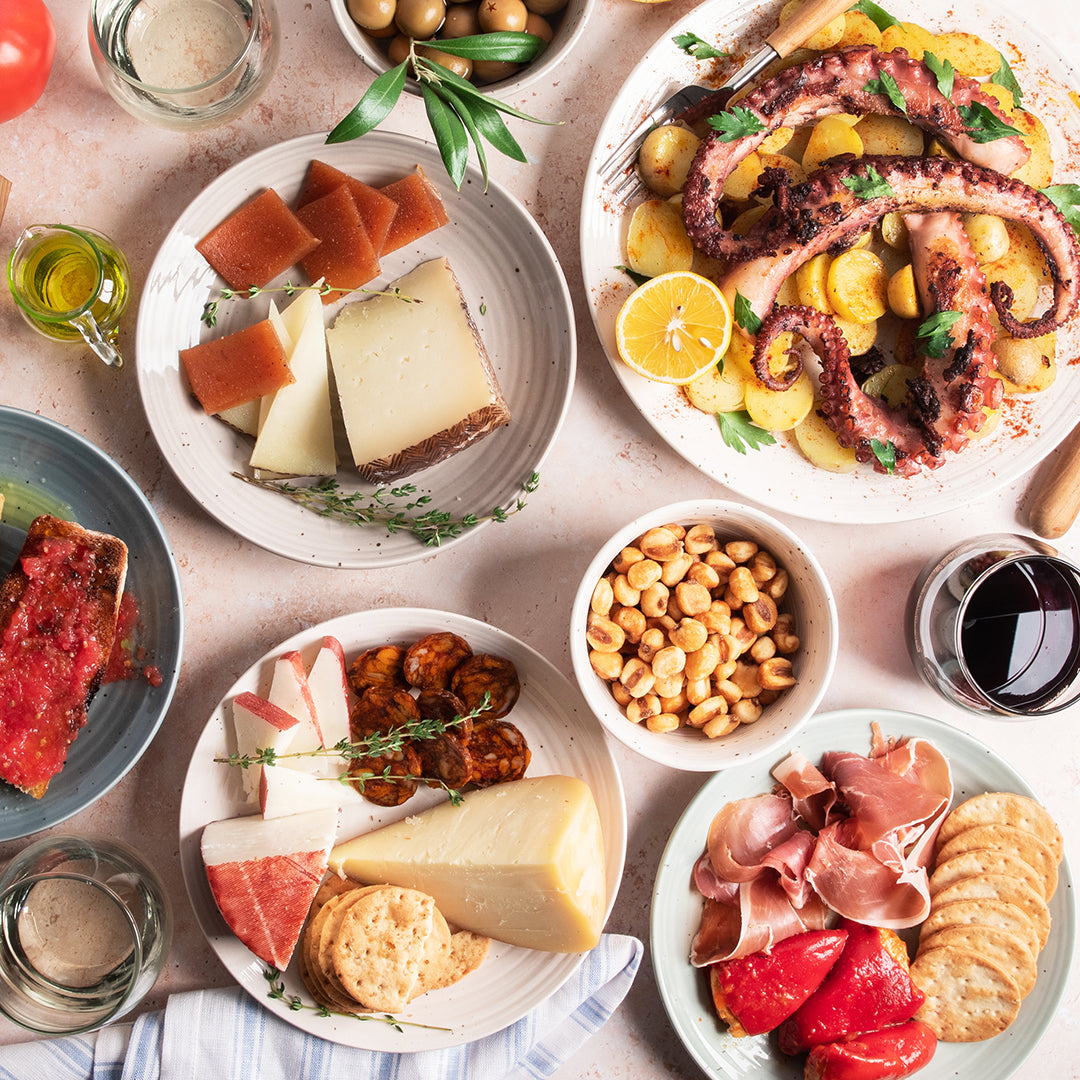Swedish Cuisine Guide
Mexican Cuisine Guide
June 12, 2019 | By Dave Mattingly
In 1521, when Spanish conquistadores arrived in Tenochtitlan, the ancient Aztec capital and present day Mexico City, they discovered that the natives’ diets were dominated by corn-based meals complimented with chilies, herbs, beans and tomatoes. The Spanish introduced livestock such as pigs, cows and sheep when they invaded Mexico. Dairy products, such as cheese, garlic and spices were also introduced, in addition to rice, wheat, barley, olive oil, wine and almonds. In return, the indigenous people introduced local foods such as peanuts, chocolate, vanilla, beans, avocado, corn, coconut, squash and tomatoes to the Spanish. All these foods would be prepared together in new ways to create a Mexican cuisine that would develop throughout the centuries.
Many traditional Mexican foods have roots in not only Spanish cultures but other cultures as well. France briefly occupied Mexico in the 1860s and introduced the country to their cooking methods and foods. New dishes such as Chiles En Nogado (chilies in a walnut sauce), were the result. A Mexican fusion cuisine has developed in recent years as immigrants from the Middle East, Africa, Asia and Europe have influenced culinary traditions in Mexico.
Mexican Dishes
Due to Mexico's large size, climate and ethnic variances, Mexican food varies by region. Northern Mexico is known for its meat dishes, such as carne asada, translated as "grilled meat", which is thin beef steak. In the Yucatan in Southeastern Mexico, achiote seasoning and the use of sweetness instead spiciness is common in foods. The Oaxacan region in Southwestern Mexico is known for its tamales and moles (Mexican sauces). In the Southeast, spicy vegetables and chicken based dishes are popular and a Caribbean influence is often seen in their dishes. Seafood is popular along coastal areas, and ceviche (raw fish marinated in citrus juices) has been popular along the Mexican coast for centuries. Mexican street vendors offer tacos (corn tortillas folded or rolled around a filling), tortas (sandwich served on a crusty roll), quesadillas (tortillas filled with a savory mixture), tamales, ice cream, candy and drinks. Mexican inspired dishes are popular in the US, resulting in cuisine variations such as Tex-Mex cuisine. Chimichangas, deep-fried burritos and nachos are all Mexican inspired American dishes.
Chocolate in Mexico
Chocolate holds a prominent place in the history of Mexican cuisine. Chocolate was first consumed as a liquid instead of a solid. The Mayans cultivated cacao trees and used the seeds to make a bitter and frothy chocolate drink. Called xocoatl, the Mayans flavored it with vanilla, chili pepper and achiote, which was made into a paste from the slightly bitter, earthy flavored, red annatto seed. Cacao beans were so valued that they were even used as a currency in Mesoamerica. Chocolate was incorporated into many meals, from savory to sweet dishes. Today chocolate can be found in a wide array of Mexican foods from the sweet Mexican style hot chocolate to savory mole dishes.
Mexican Desserts & Beverages
Fruits, pudding, cakes, candy and flan are popular Mexican desserts. Typically, if a dessert is called "dulce", meaning sweet, it usually describes a pudding. There are many varieties of Mexican puddings such as coconut dulces, sweet potato dulces, pineapple dulces, banana and almond dulces. Many puddings add alcohol such as sherry or a sweet white wine. Introduced by the Spanish, Caramel Flan is a caramel custard. The caramel is cooked sugar that turns a golden color as it is cooked. Cinnamon Churros, similar to doughnuts, are cinnamon-sugar coated strips of fried dough. Tres Leches Cake is covered in strawberries and drizzled with a vanilla sauce made from three different milks, hence the name "Tres Leches", meaning three milks in Spanish. Empanadas are stuffed pastries that contain different sweetened fillings depending on the region. In some areas, empanadas are stuffed with meat. Fresh fruit is commonly sold by street vendors, on which many Mexicans sprinkle hot red chile powder prior to eating.
Atole de Fresca (strawberry soup) is a popular Mexican beverage thickened with corn tortilla flour. Considered a sweet dessert soup, this dessert is commonly made with pureed strawberries, buttermilk and vanilla. Coffee is usually served spicy and sweet, (café de olla), while sangria, imported from Spain, and beer (cerveza) are also popular beverages. Mexican laws state that tequila can be produced only in the state of Jalisco and limited regions of other states. Mexico has claimed exclusive international rights for use of the word "tequila".
Mexican Cheese
Cheesemaking was unknown to Mesoamerica, prior to the arrival of Europeans. The Spanish brought livestock including cows, sheep and goats which permanently altered Mexicans diets. Europeans introduced cheesemaking, and regional variations gave rise to a number of varieties of Mexican cheese. Cheese is made in Mexico everywhere from the home, to farms and large dairy corporations. While it is estimated there are between 20 and 40 varieties of Mexican cheese today, some such as Oaxada and Panela are produced throughout the country, while others are only popular regionally.
Queso Blanco is semi-soft in texture and mild in flavor. Queso Blanco is a fresh cheese that holds its shape well when melted, making it ideal for dishes such as quesadillas and enchiladas.
Queso Quesadilla is a soft and mild white cheese that may be melted into many hot dishes, such as quesadillas, tacos, grilled cheese, cheeseburgers and pizza.
Asadero is a tangy smooth light yellow cheese ideal for melting and baking, as its stronger flavor is showcased in such heated dishes.
Queso Fresco, the most popular cheese in Latin cuisine, is mild, buttery and slightly salty in flavor. Queso Fresco is ideally crumbled into dishes and softens but does not melt when heated.
Queso Panela is a fresh cheese, often called "basket cheese", as traditionally fresh cow’s milk curd is drained overnight in a wicker basket. It may be added to sauces, stuffing or casseroles or crumbled into dishes such as tacos, salads or chili.
Montasio Festivo is a firmly textured and flavorful goat cheese aged from six months to a year. Its dark red rind provides an enticing aroma, which has been rubbed with an ancho chile and olive oil paste.
Queso Oaxaca is a Mexican style Mozzarella cheese. Hand stretched into ribbons of string cheese and rolled into a ball, Queso Oazaca is the base for the classic Mexican dish Queso Fondido, a Central American version of fondue.
Cotija, known of the "Parmesan of Mexico", is firm in texture and strong in flavor and an excellent grating cheese. Perfect on pasta or sprinkled on refried beans, salads, quesadillas or enchiladas.
Anejo Enchilada is a firm pressed cheese slightly milder than Cotija. Anejo Enchilada is rolled in paprika and may be shredded, grated or crumbled and delicious in enchiladas, burritos, and tacos.
Queso Chihuahua is a semi-soft, yellow and buttery cheese making it a very popular Mexican style melting cheese. Queso Chihuahua is excellent with many Mexican dishes such as nachos and quesadillas in addition to pizza, lasagna or casserole dishes.
Start Shopping
Please visit our online store and go shopping at the number one imported food delivery service in the USA. Our gourmet Mexican food selection includes cheeses by Mozzarella Company, sauces by Hernan, salsas by Xilli, and much more. When searching for Mexican Food online, look no further than igourmet.com. Simply visit our online store to go shopping now. Buy Mexican Food online from igourmet.com!
Mexican Food History and Culture
Every product on sale at igourmet.com is accompanied by a long story about its history in relation to its local food culture. To view a complete listing of all gourmet foods available at the igourmet online store.






